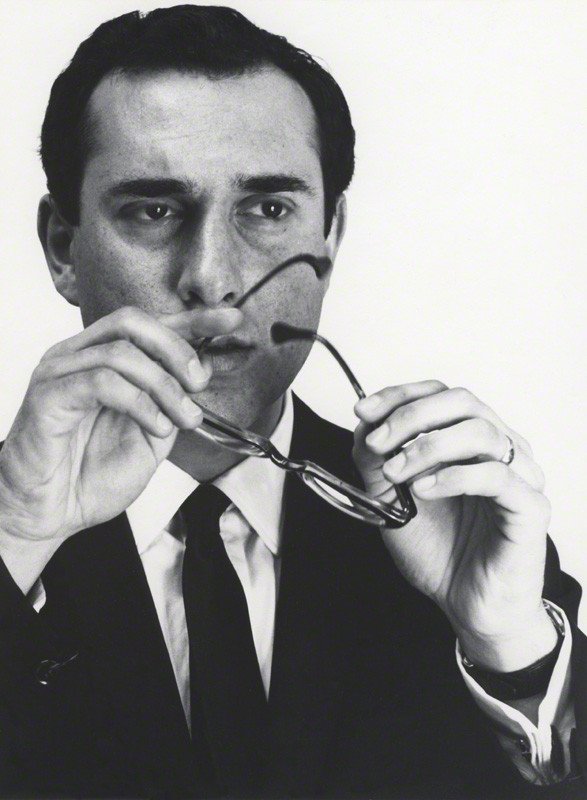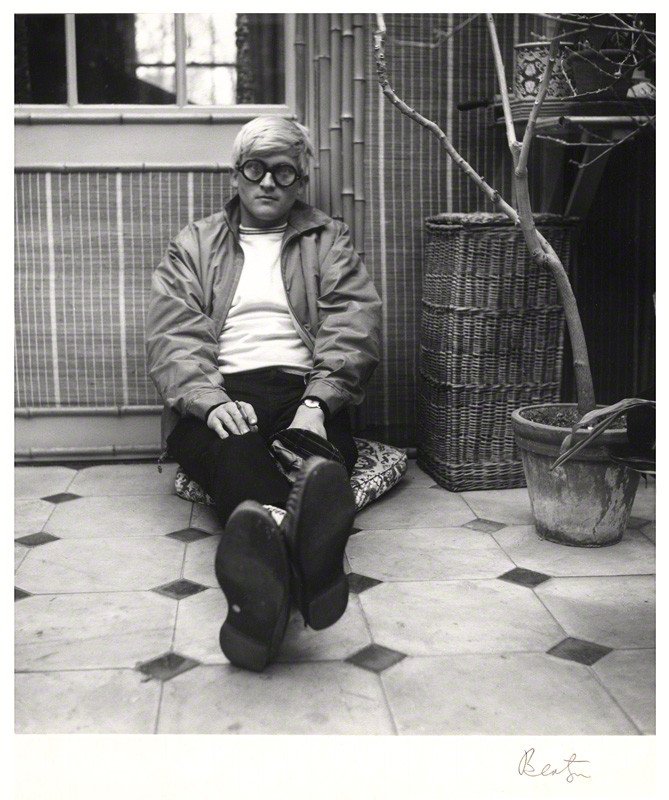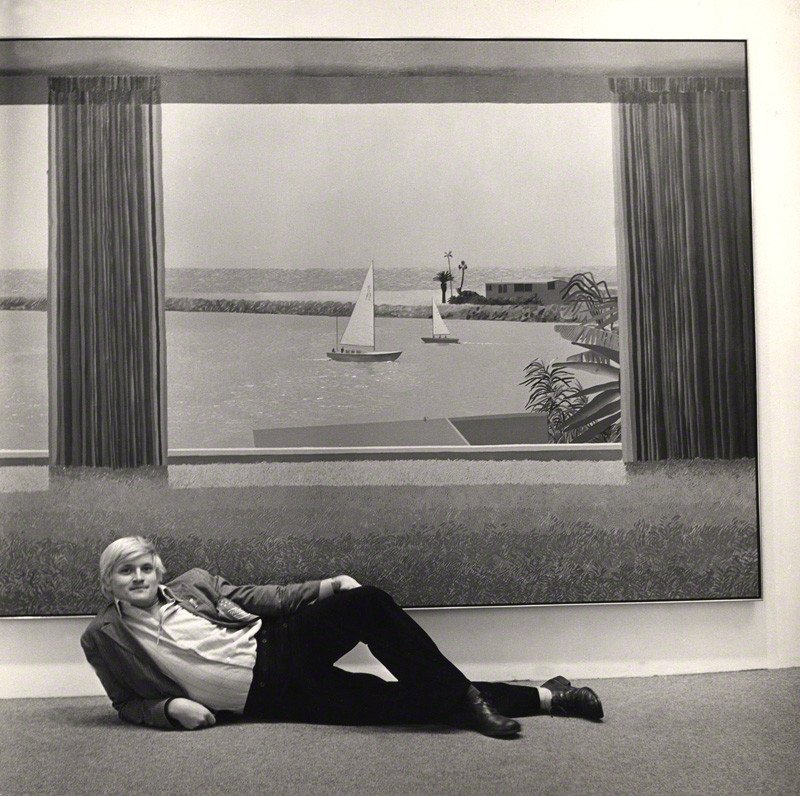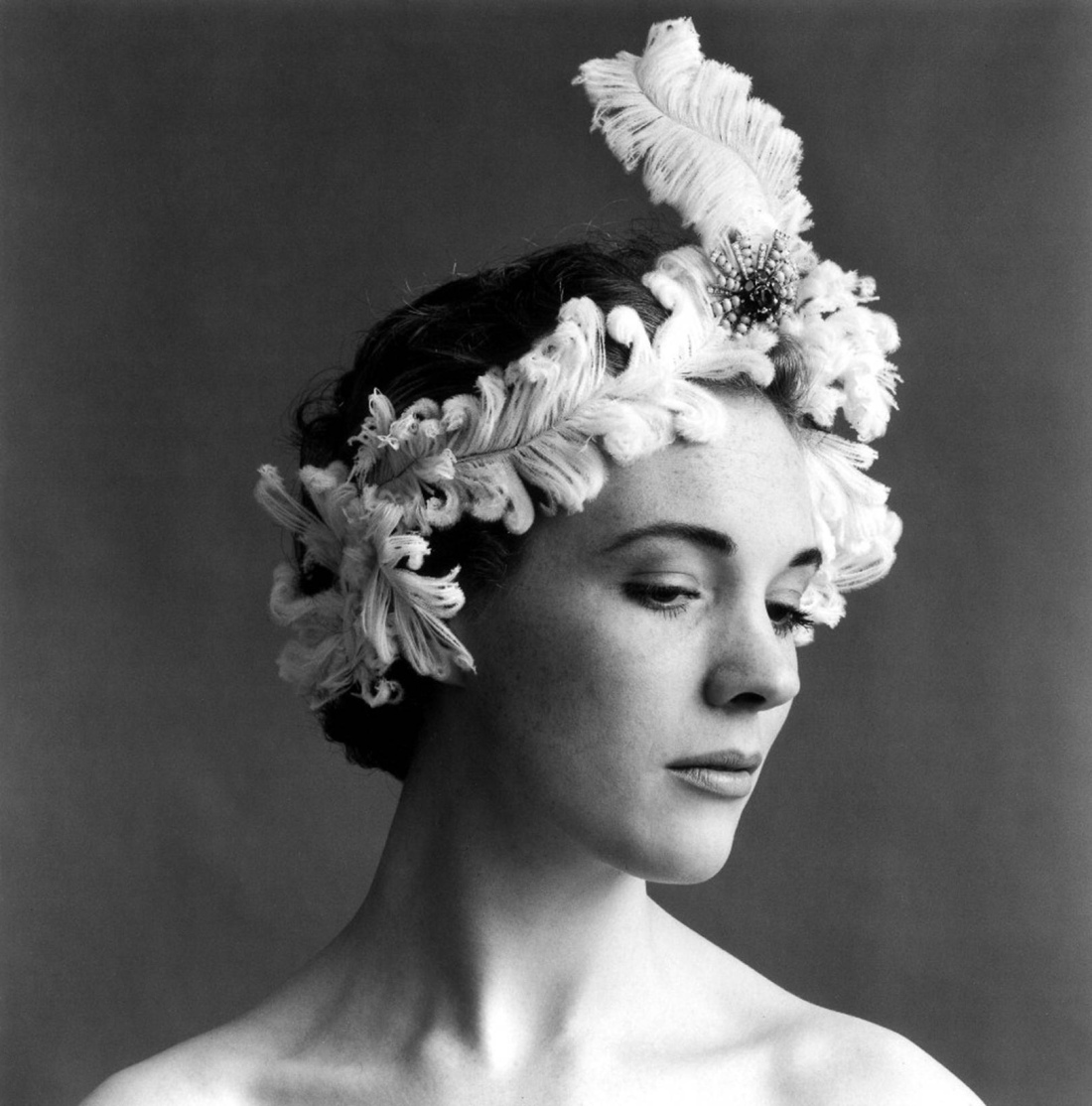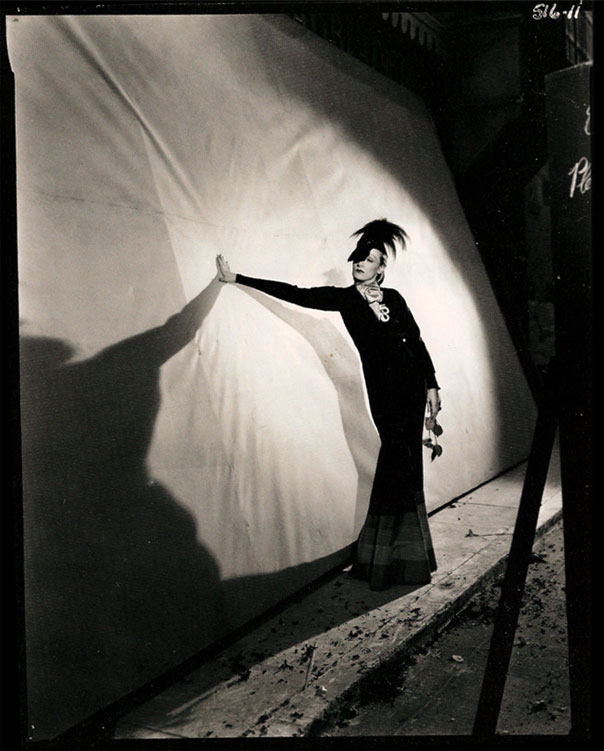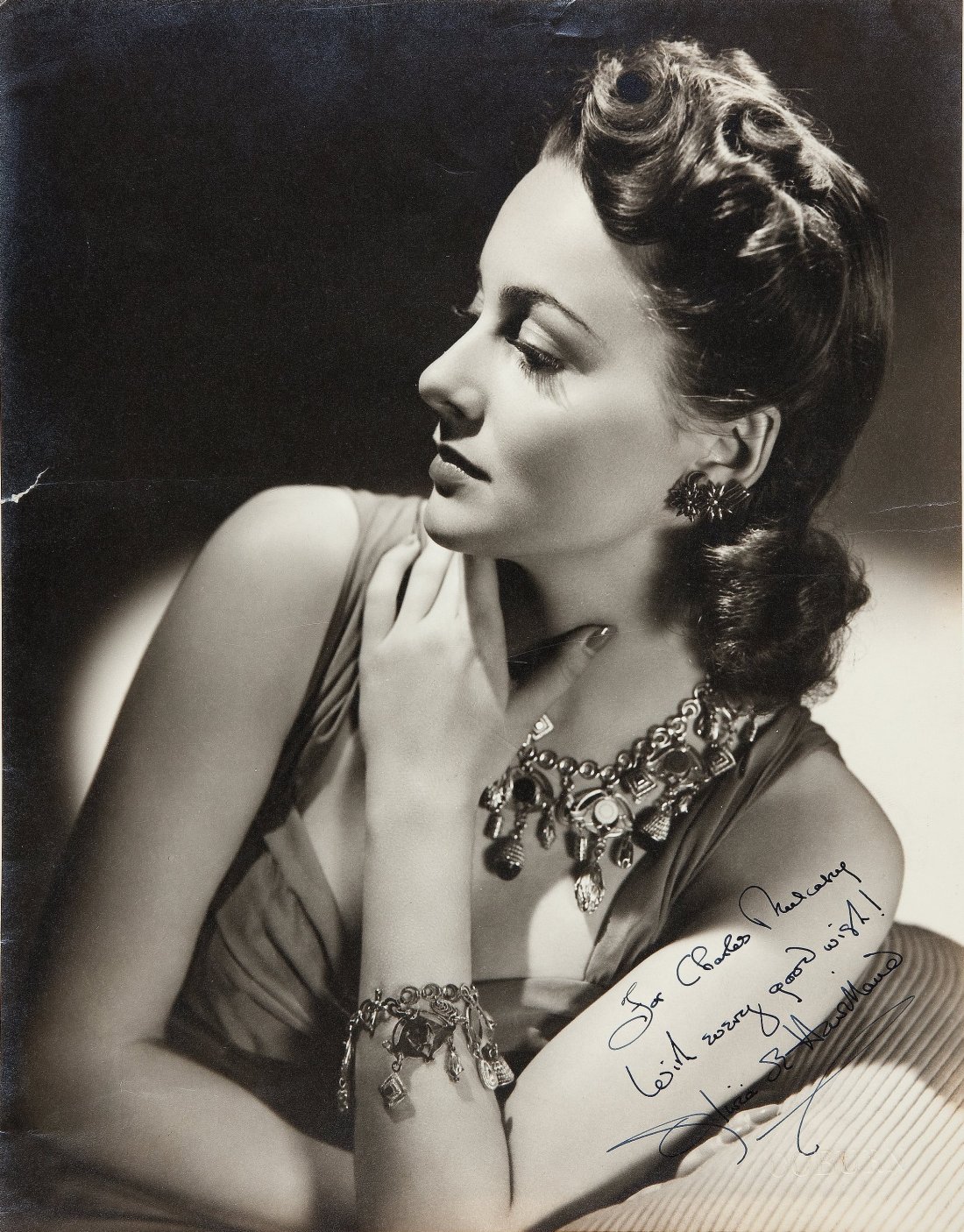

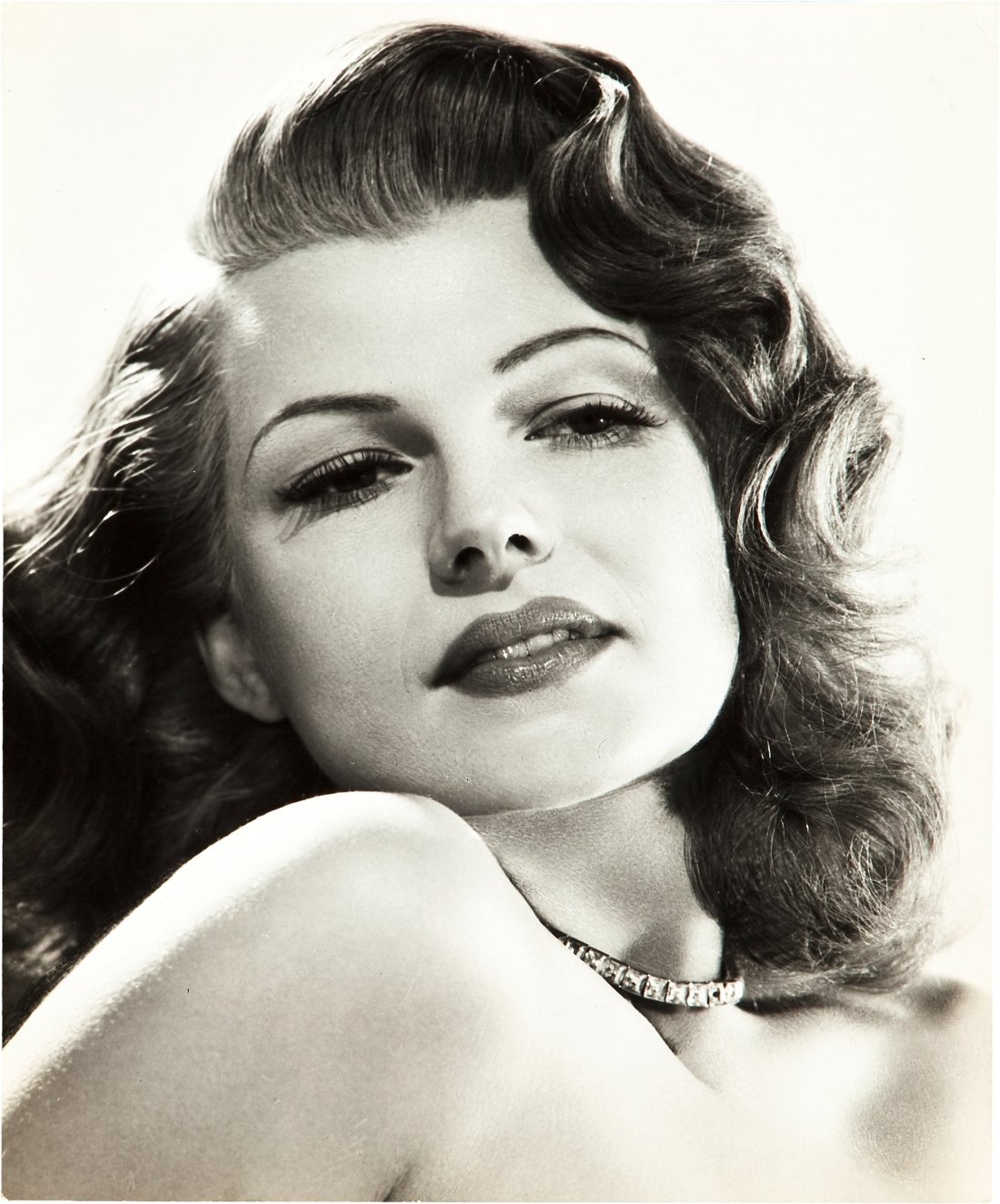
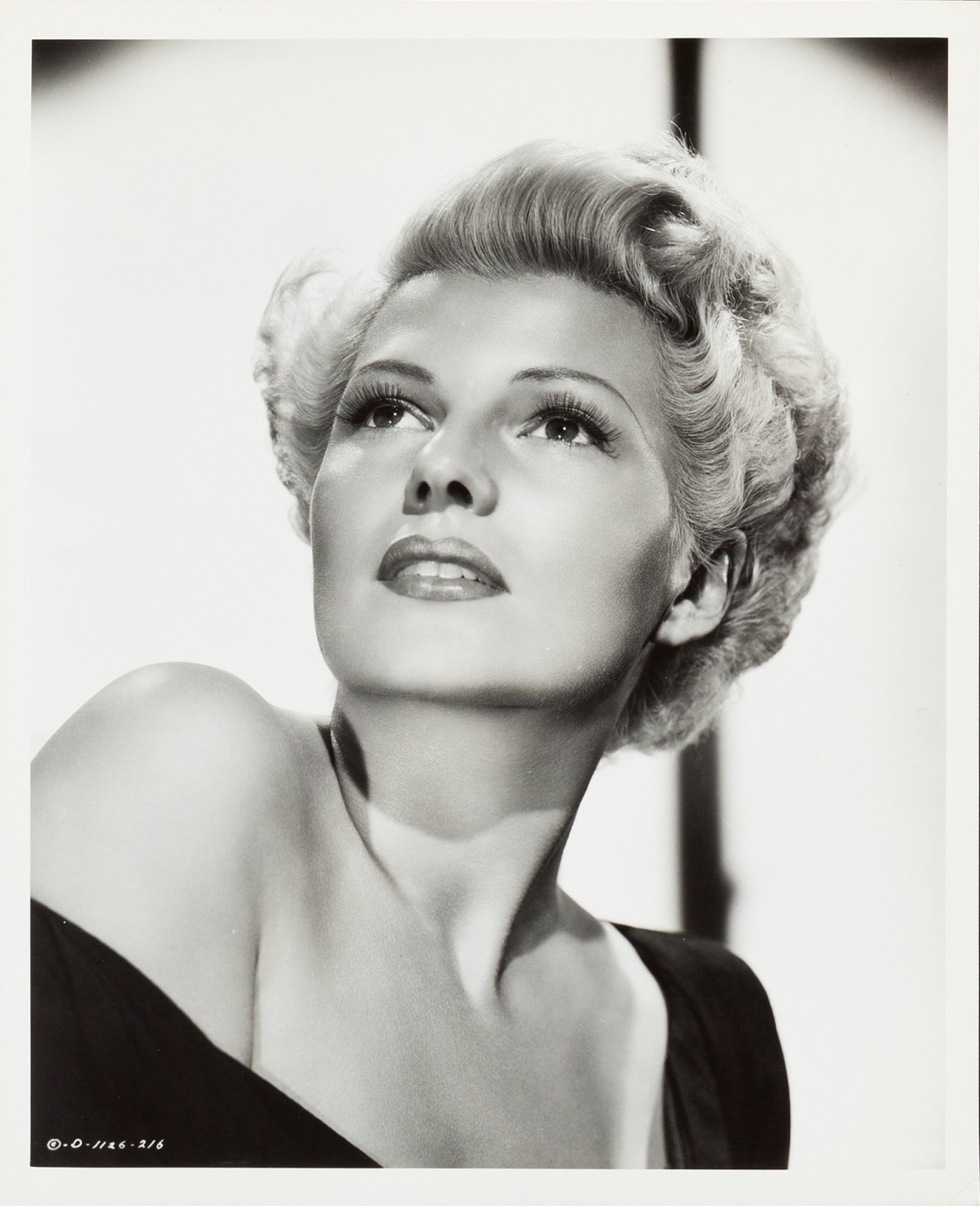
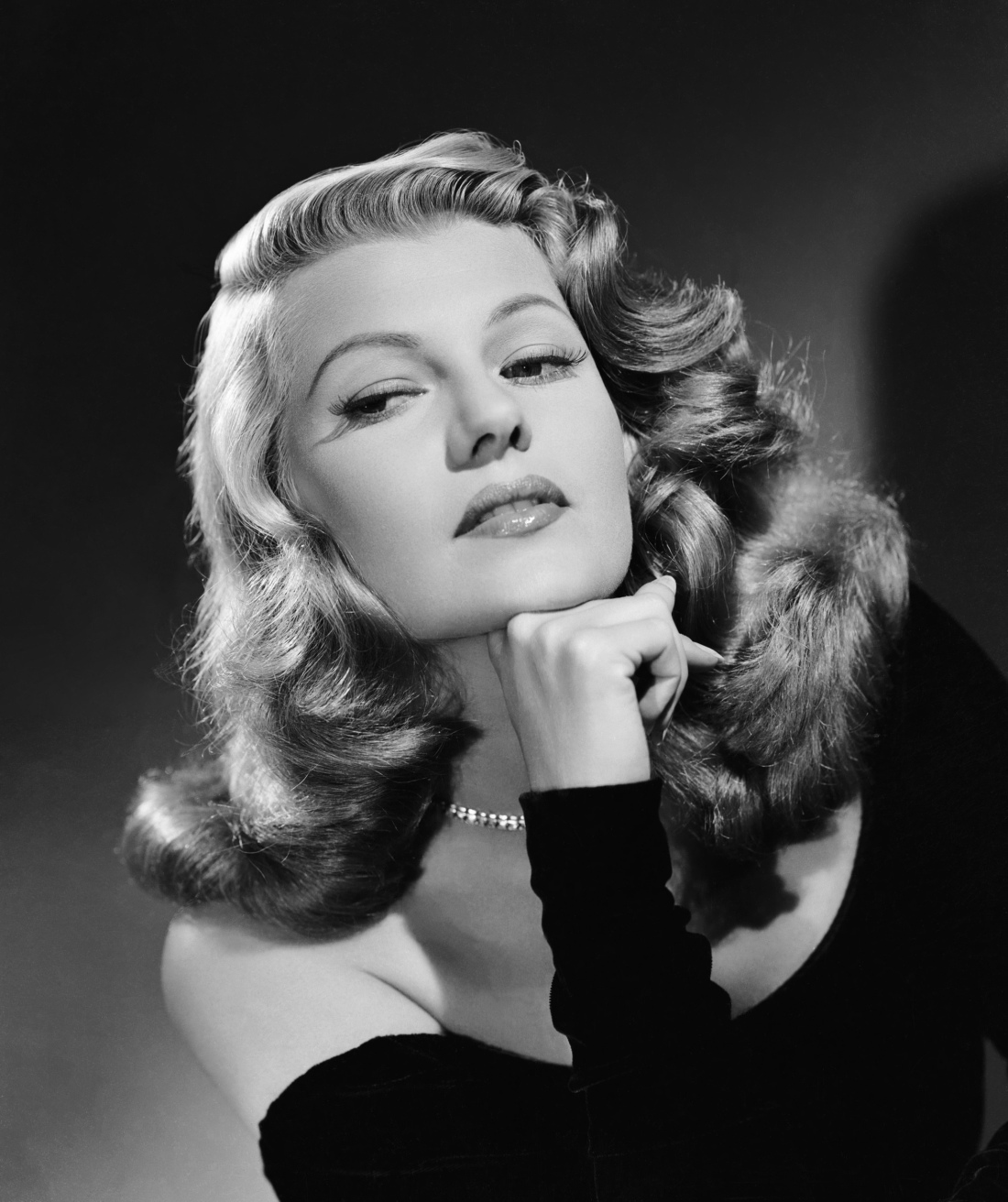
Tag: fashion
Ray Jones

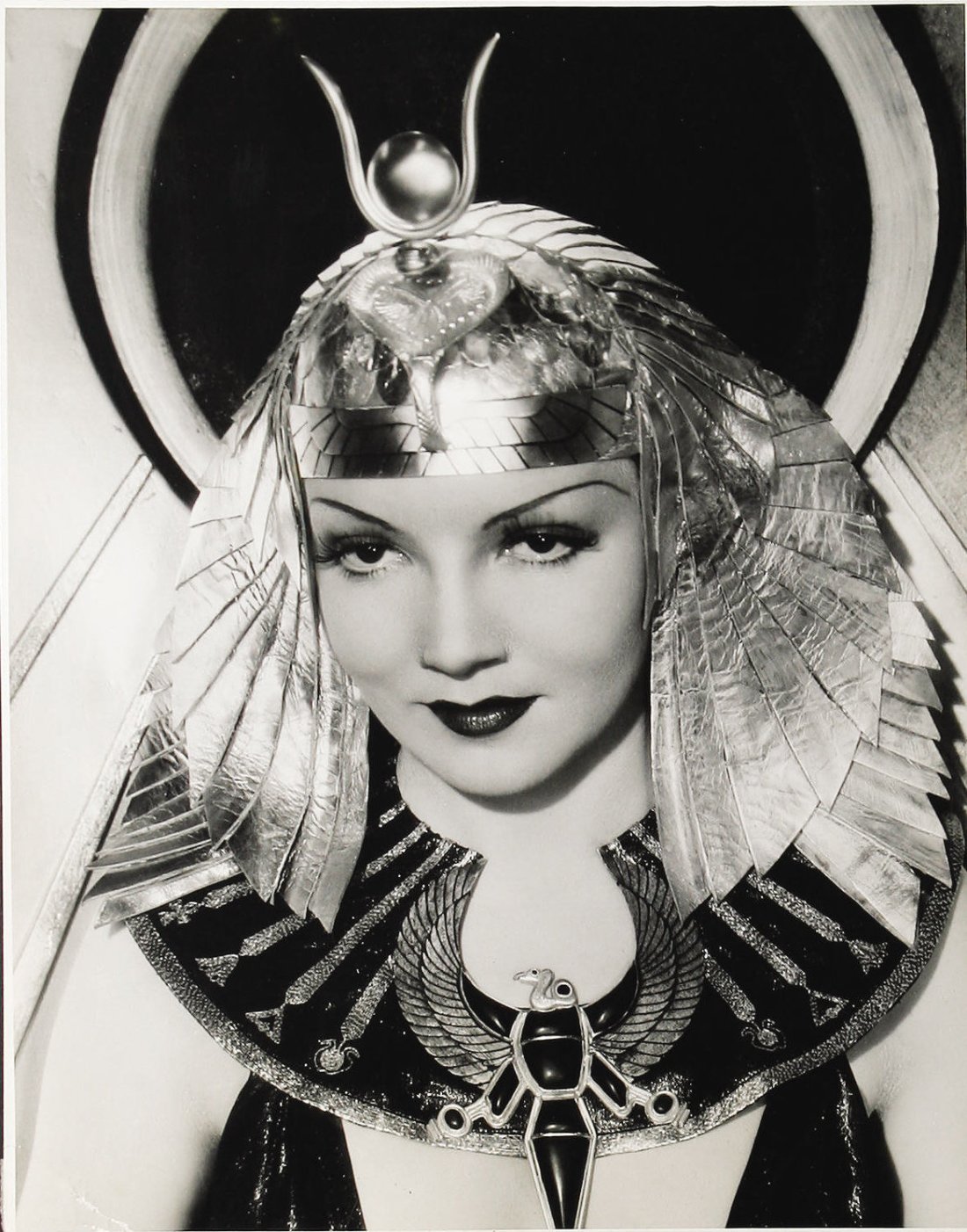
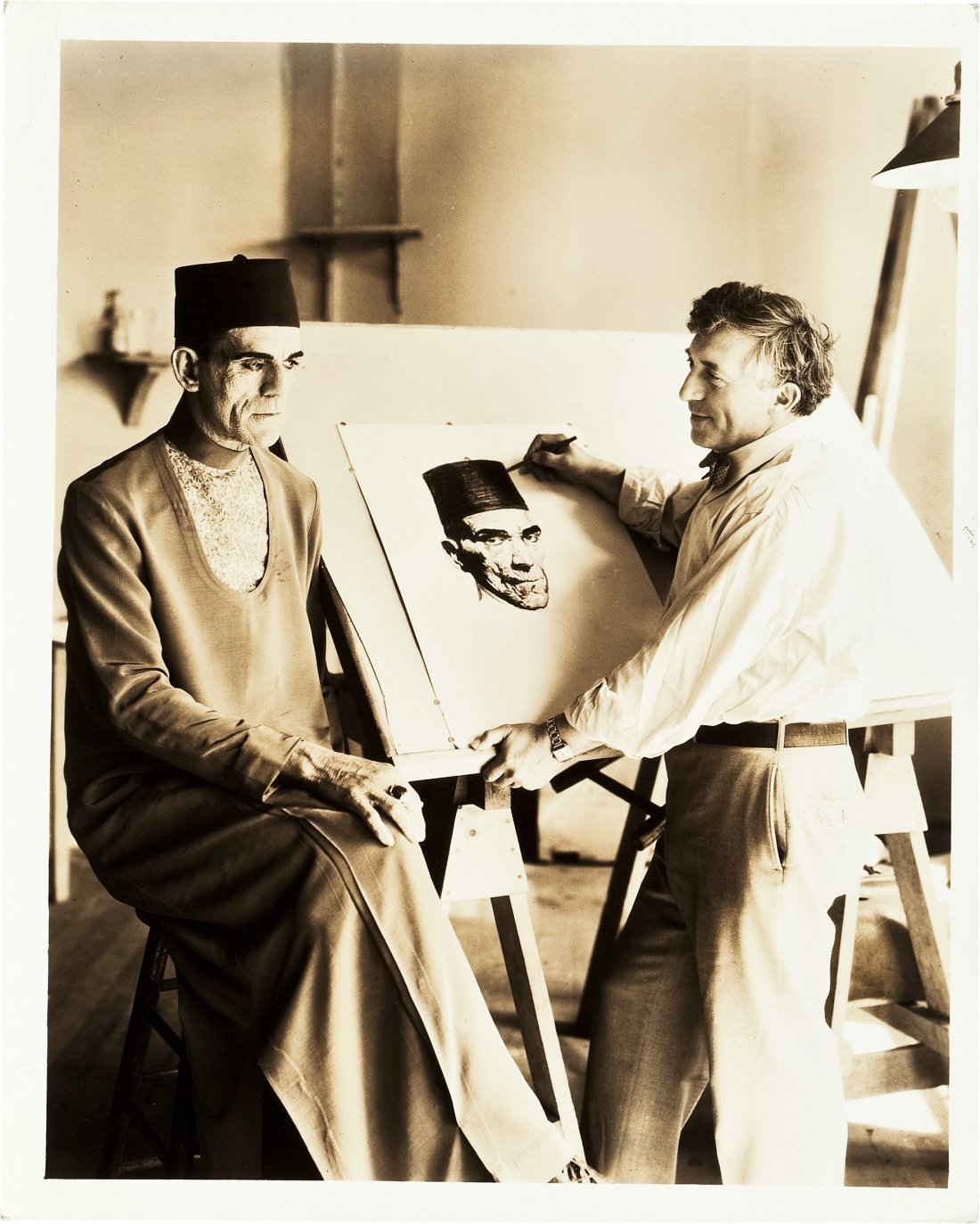
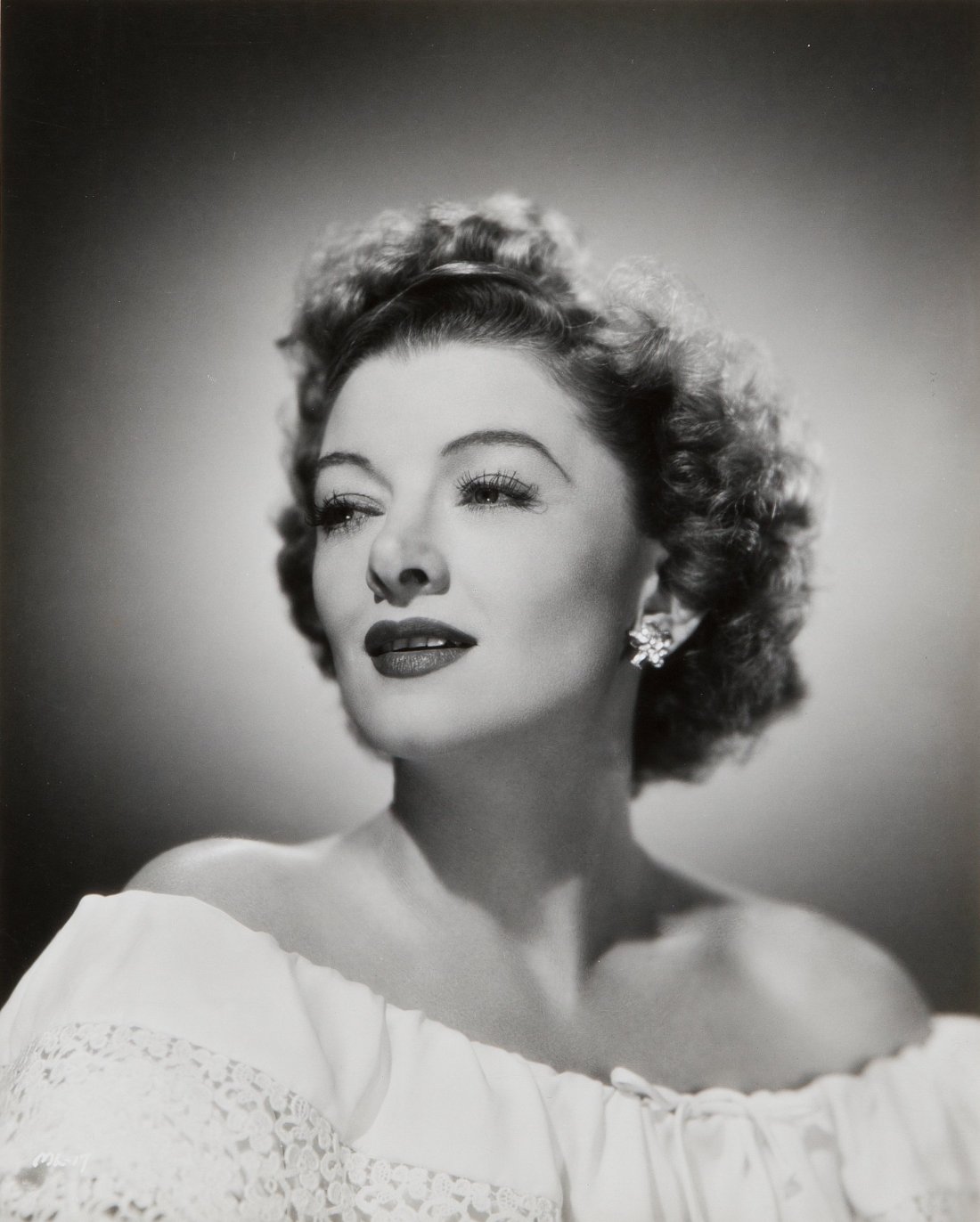
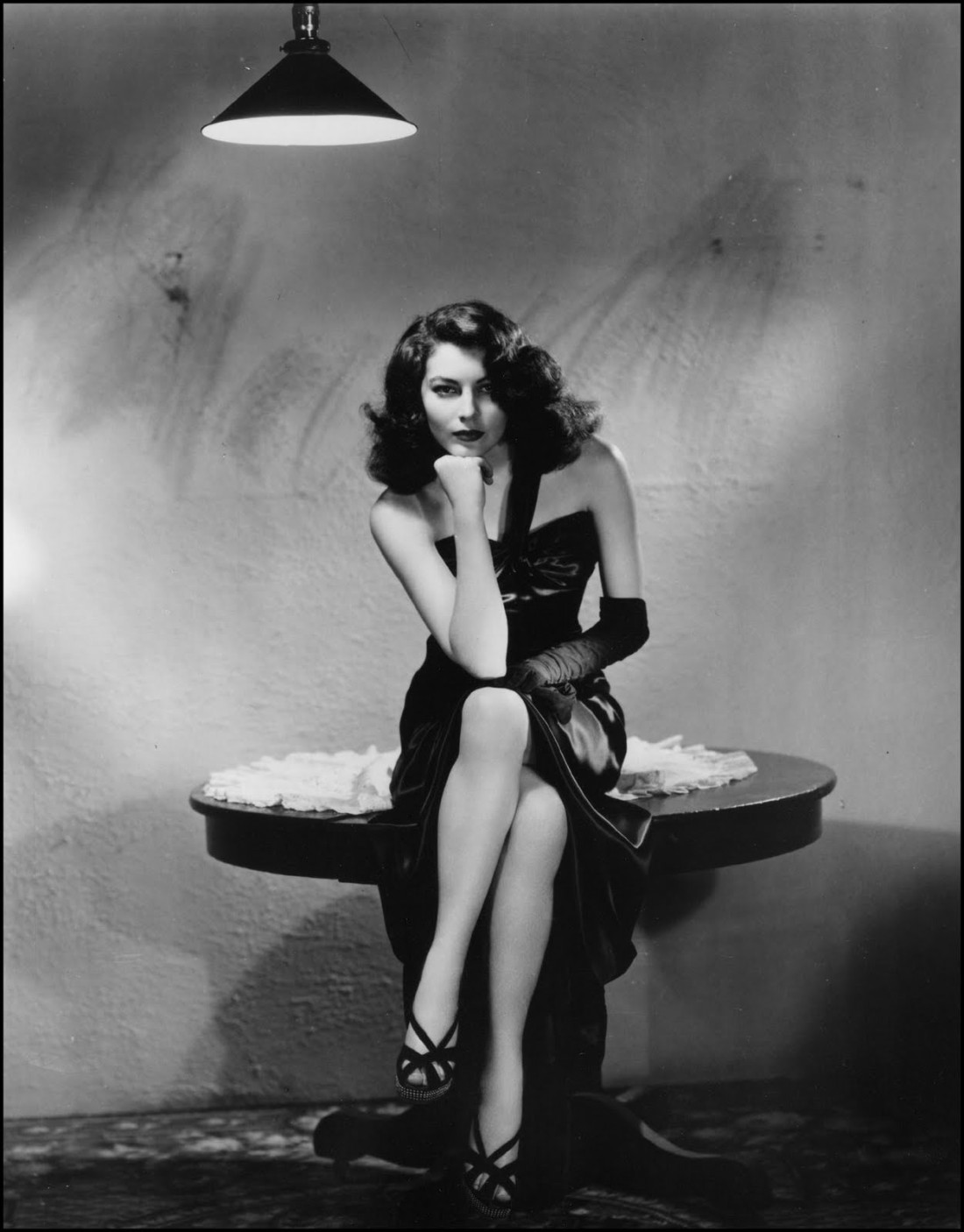
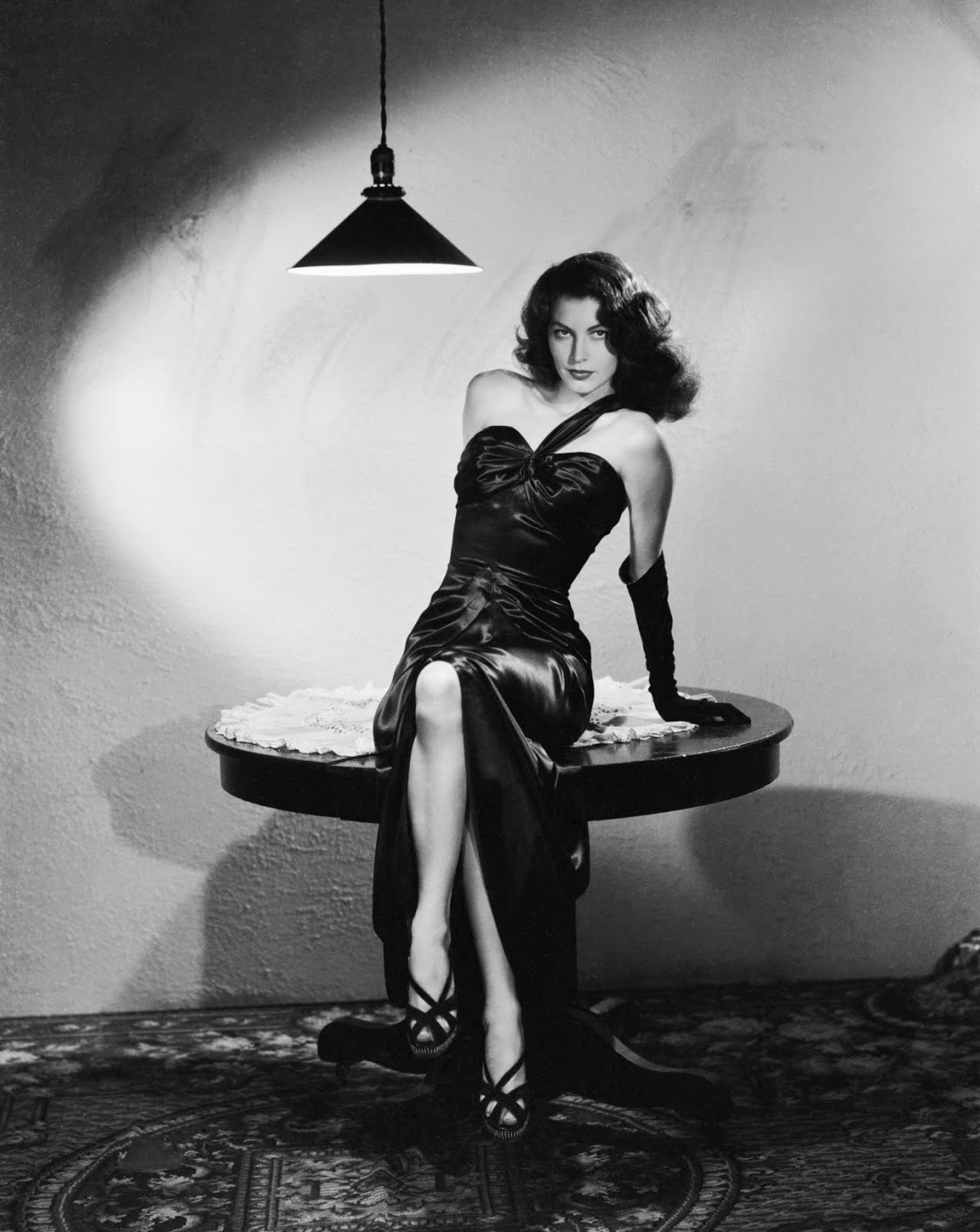
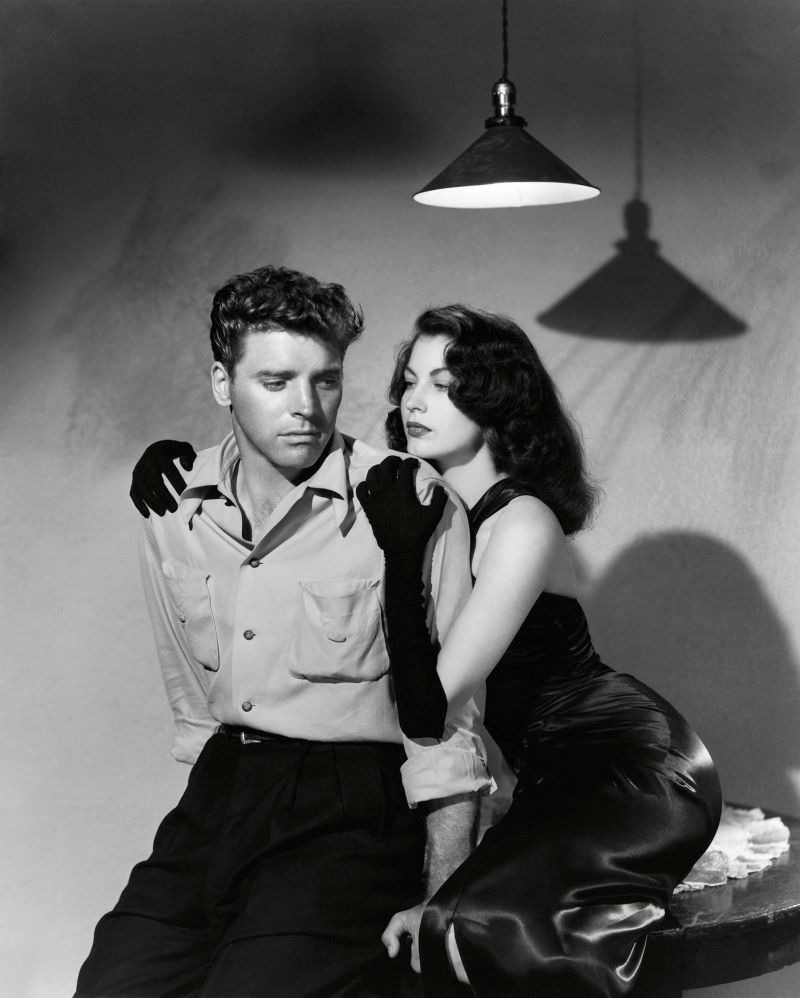
Elmer Fryer
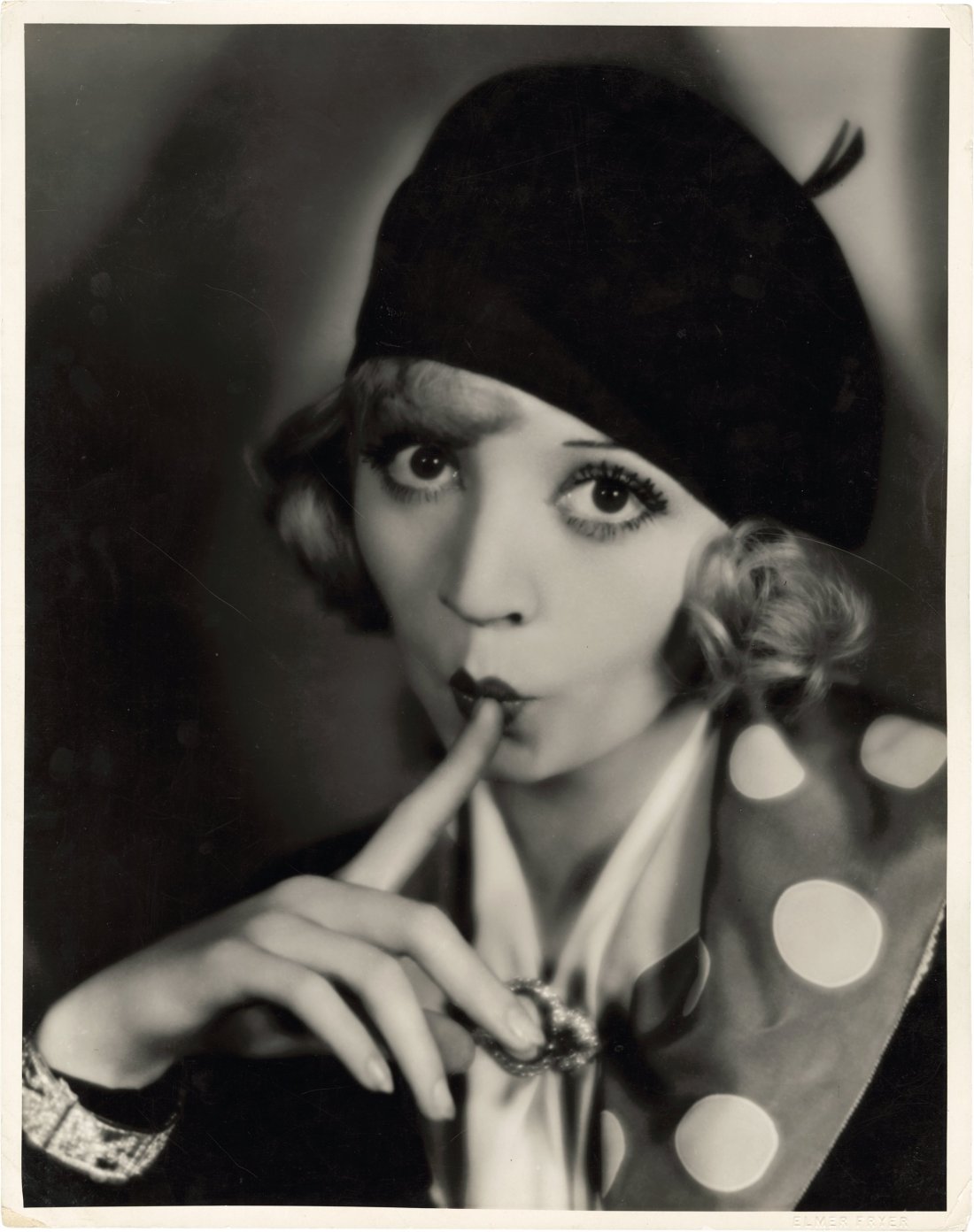
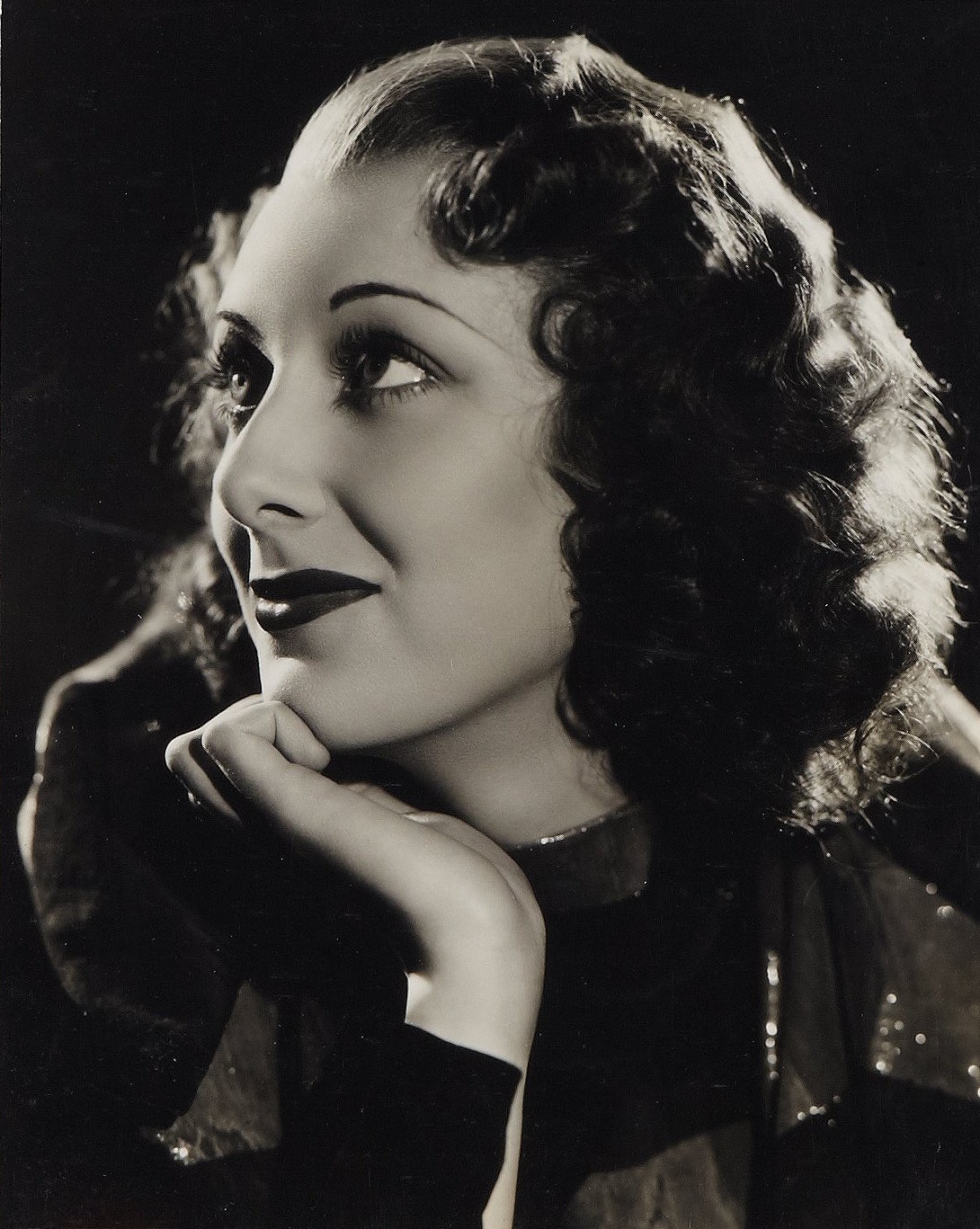
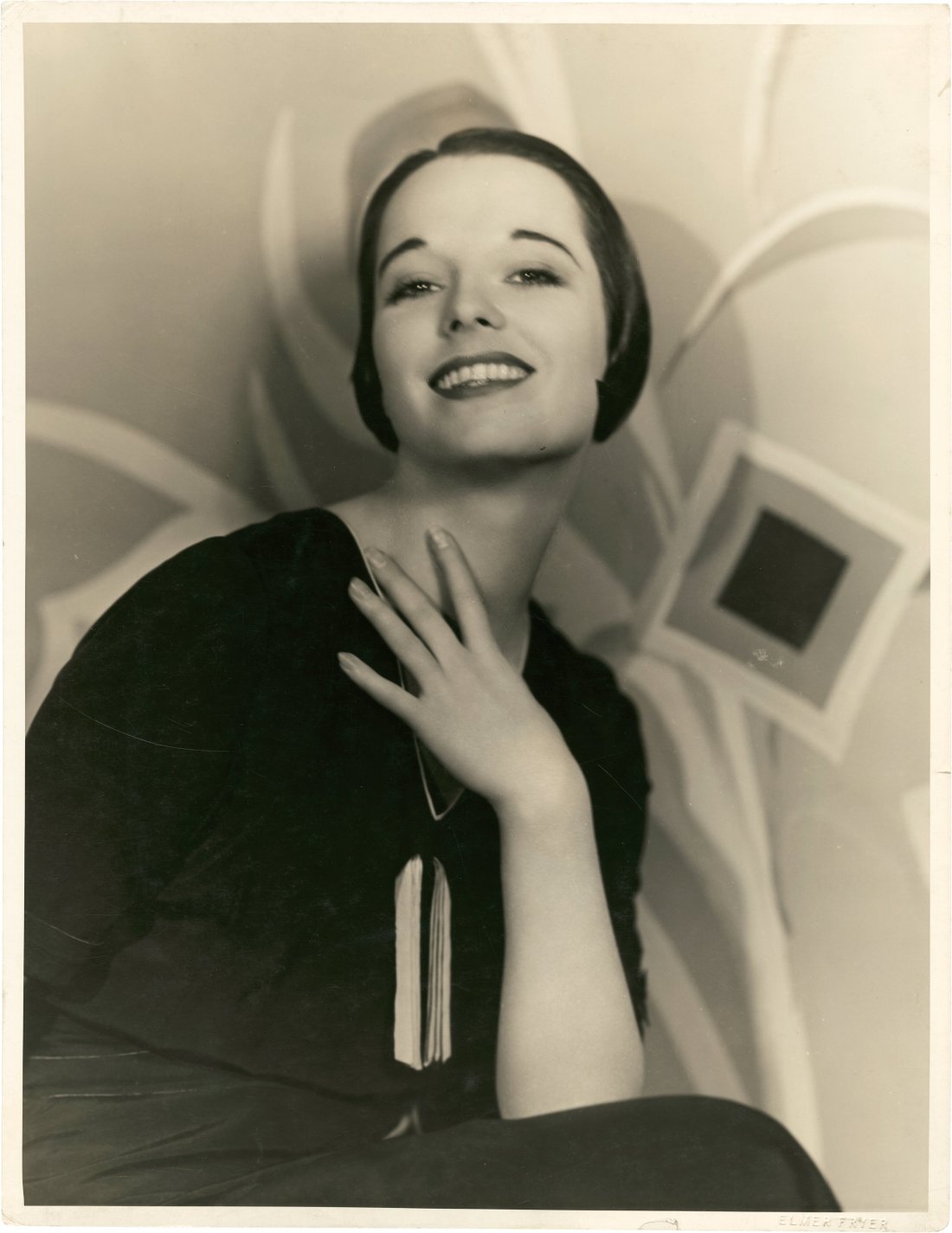
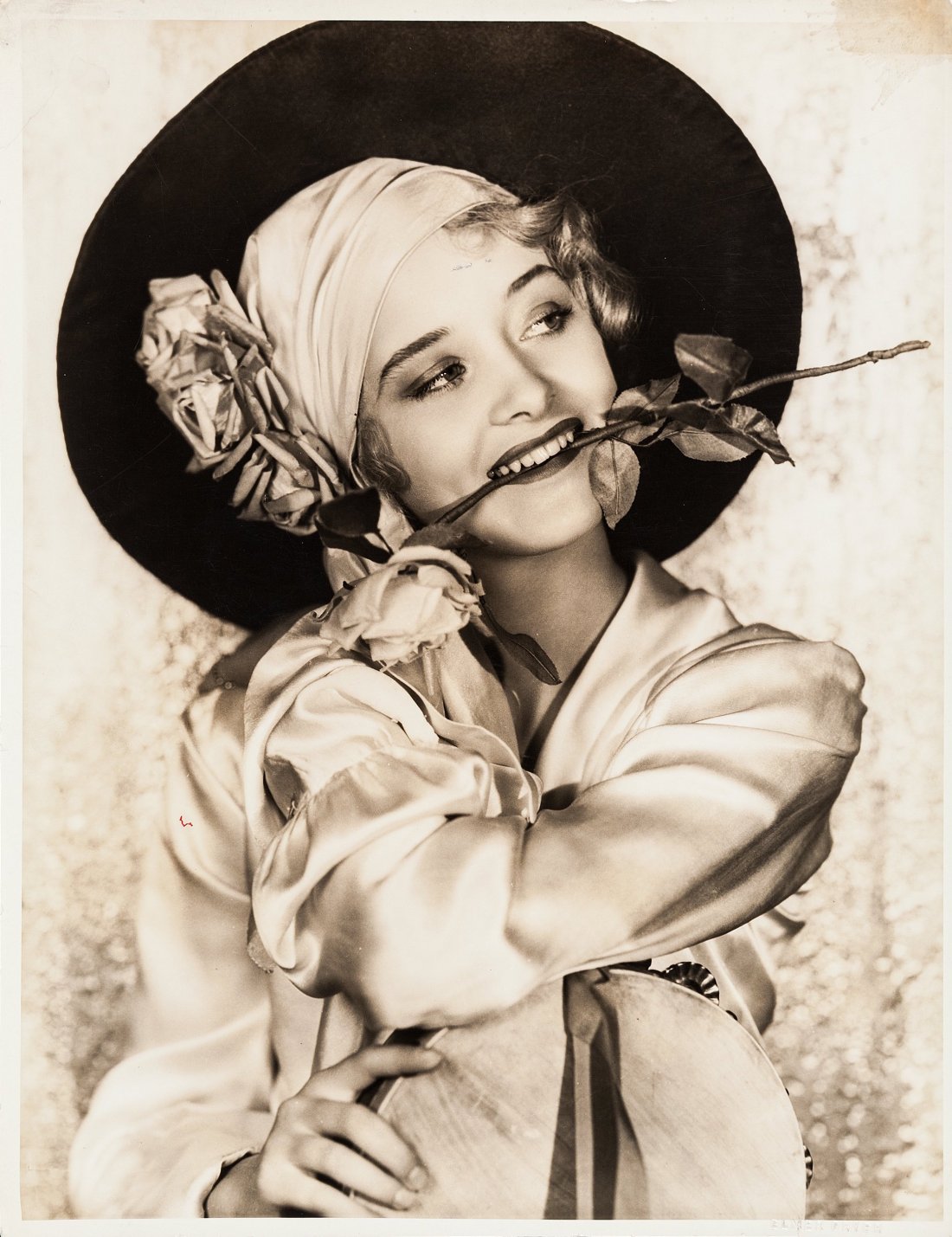
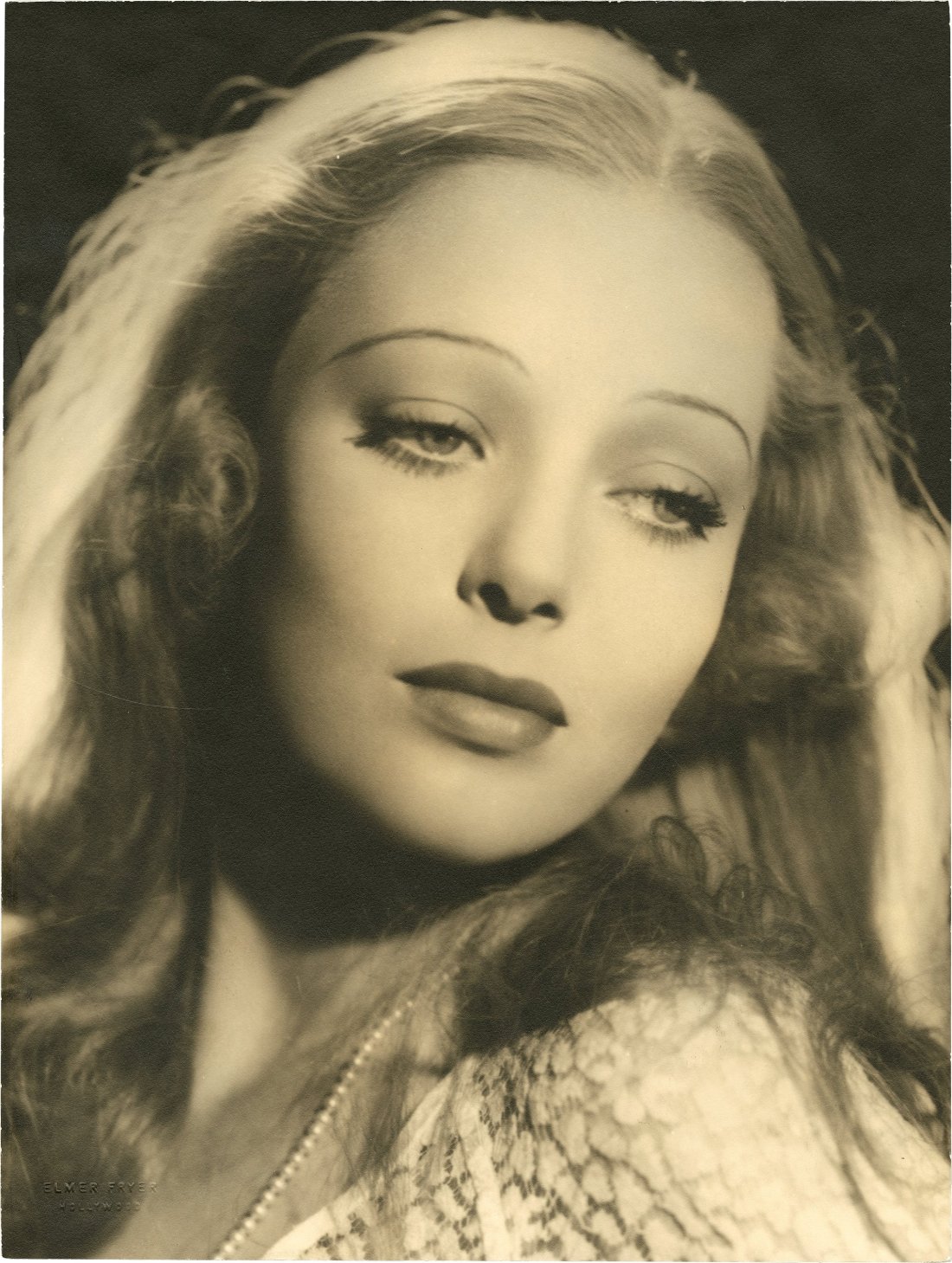
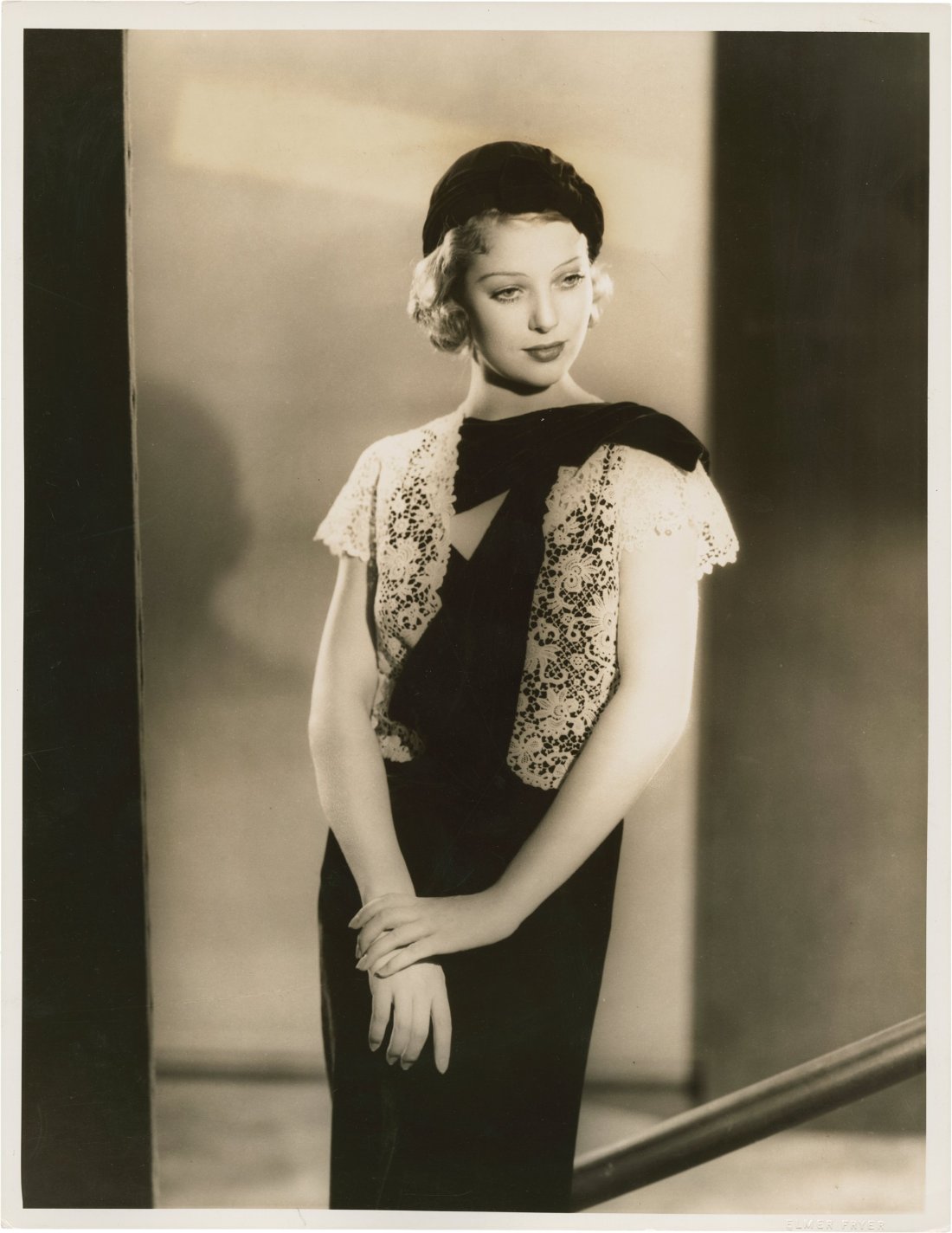
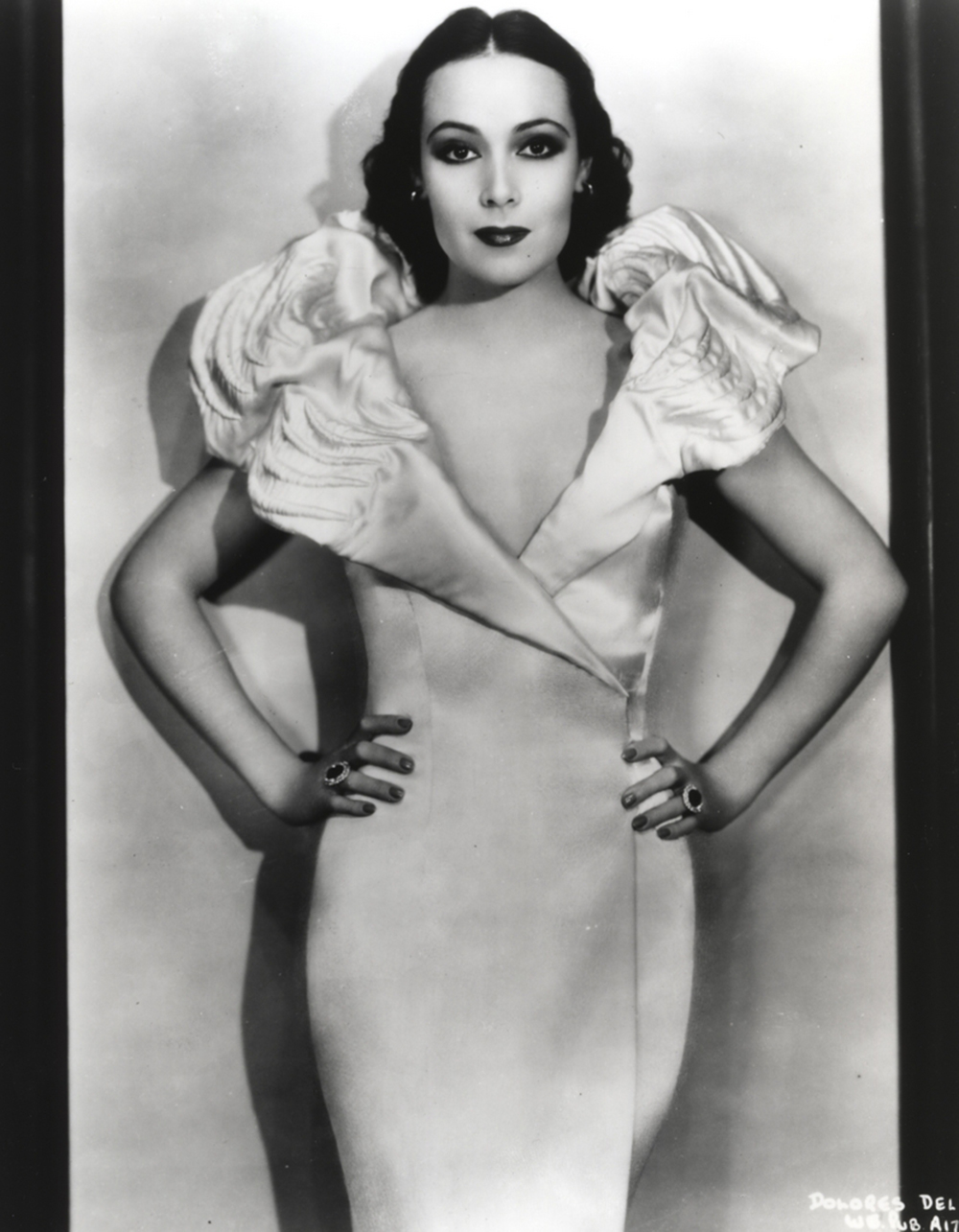
Ernest A. Bachrach
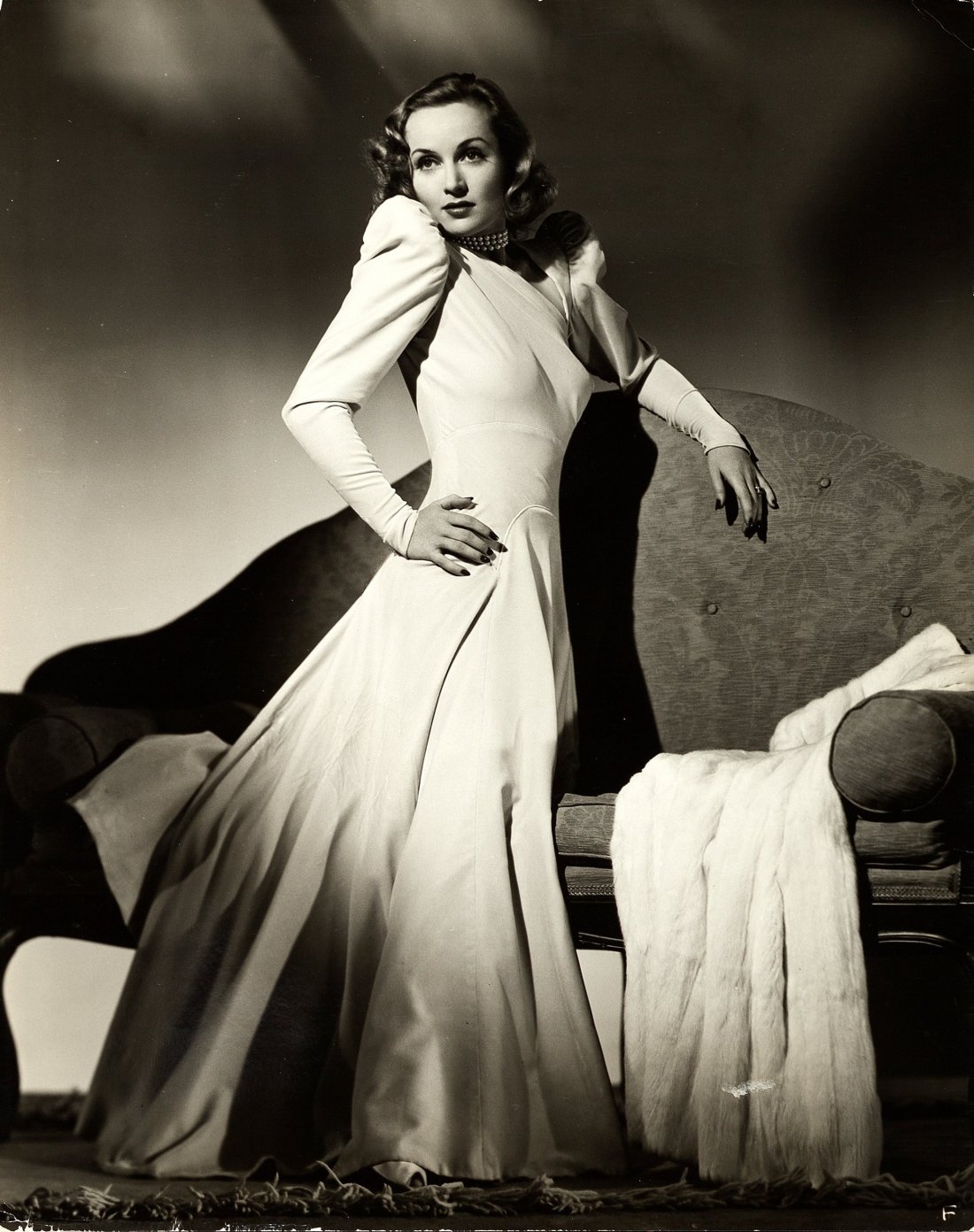
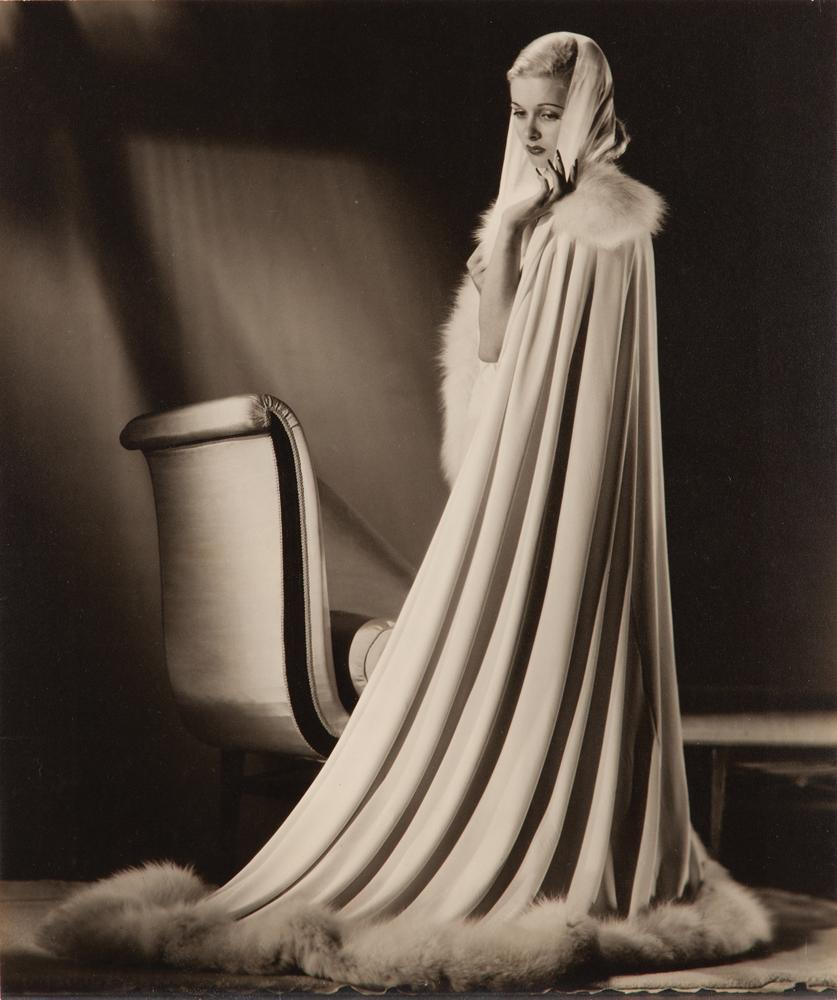
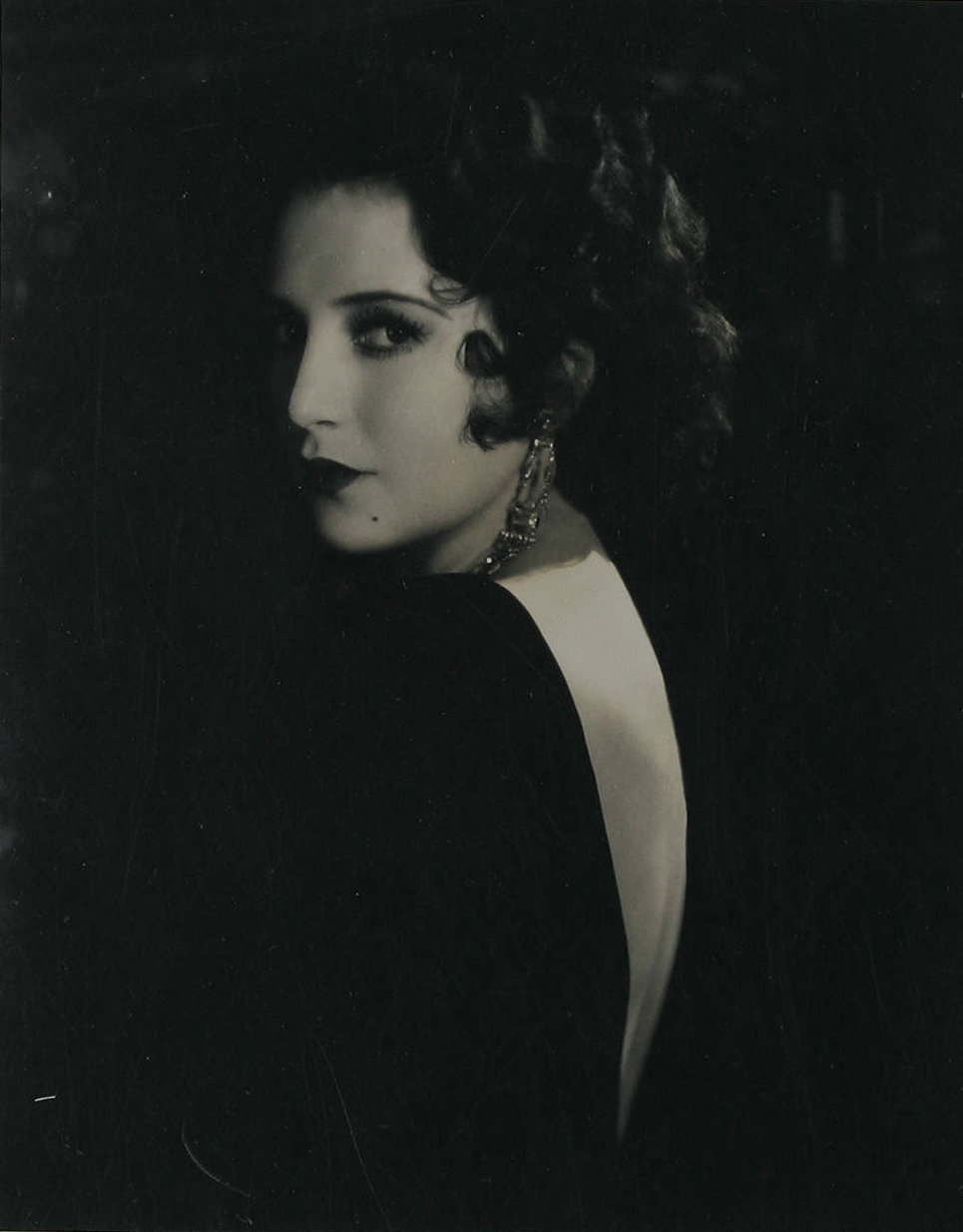
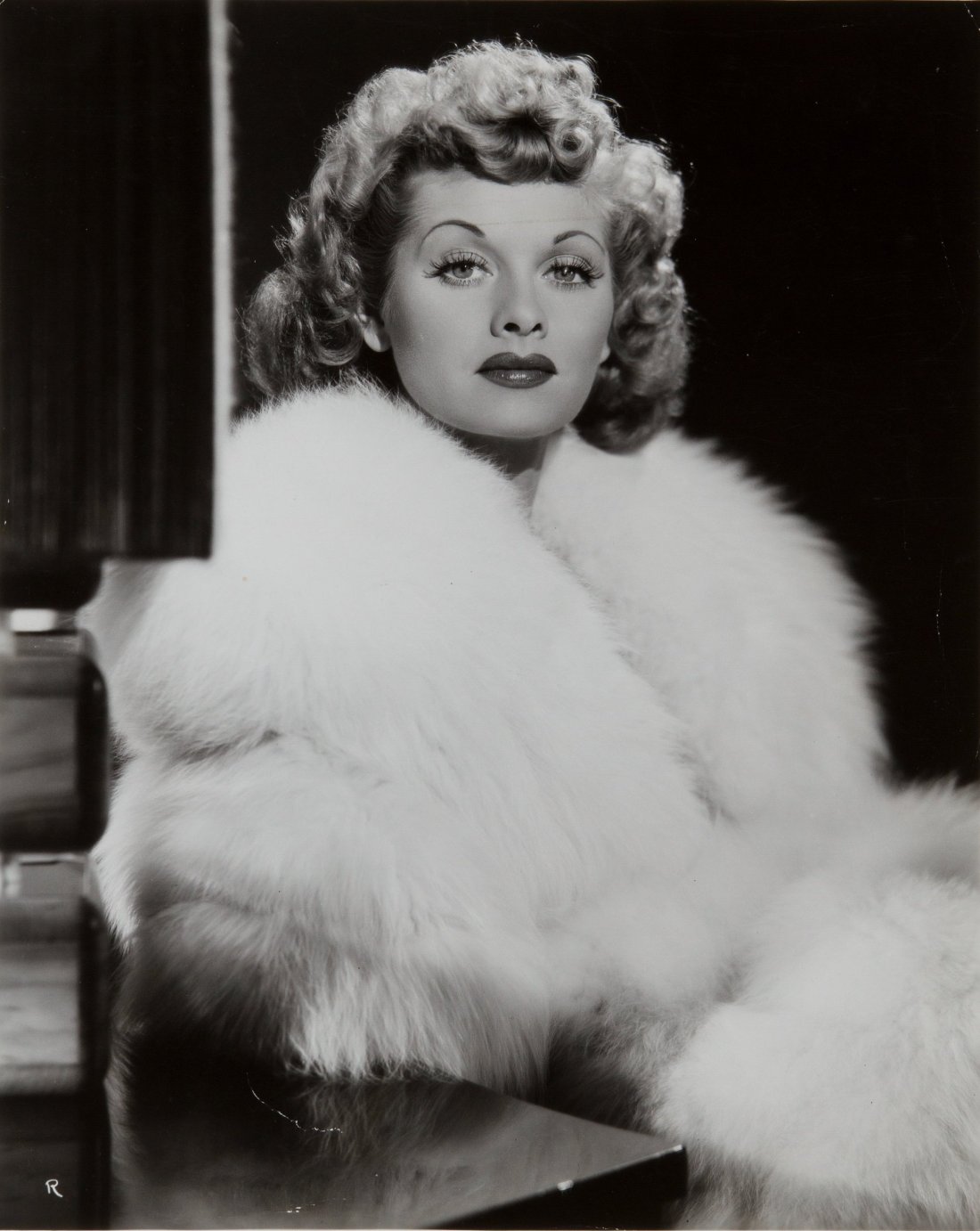
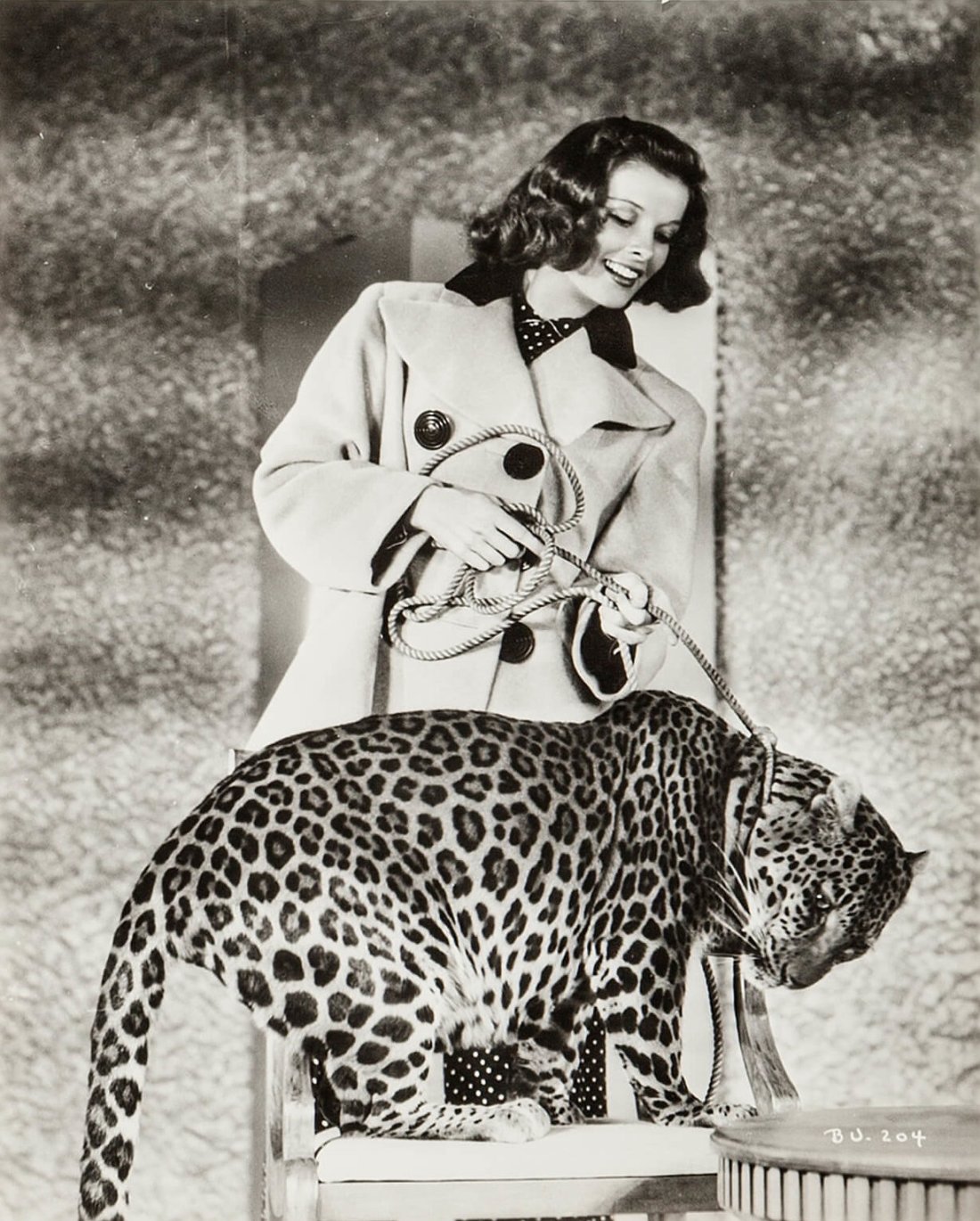
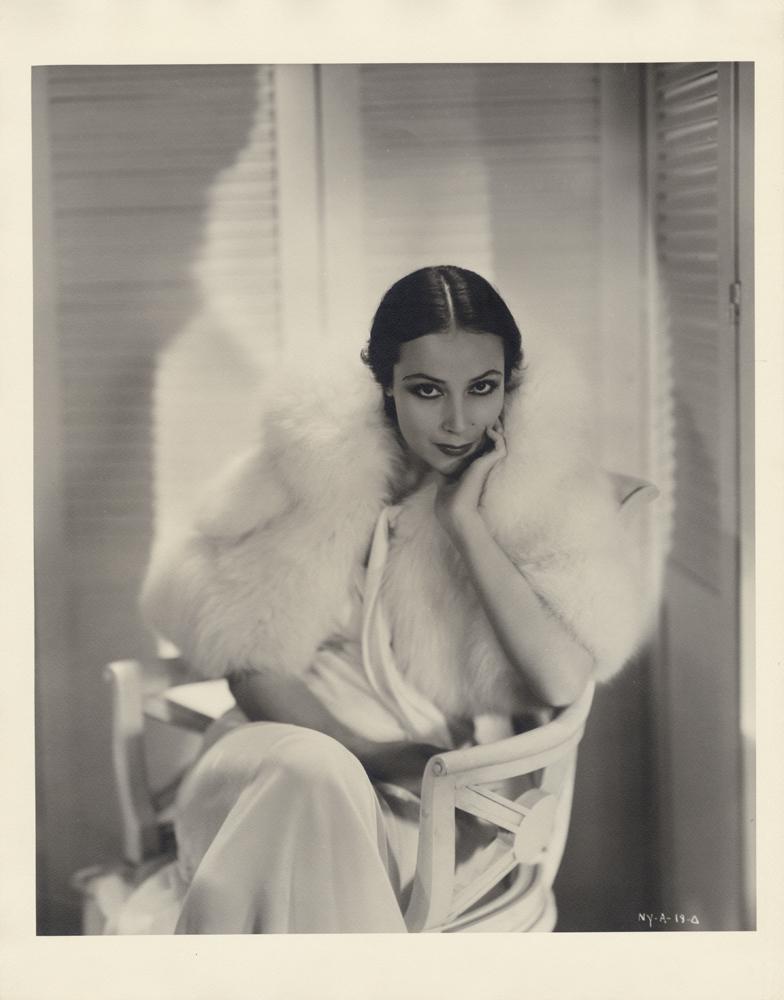
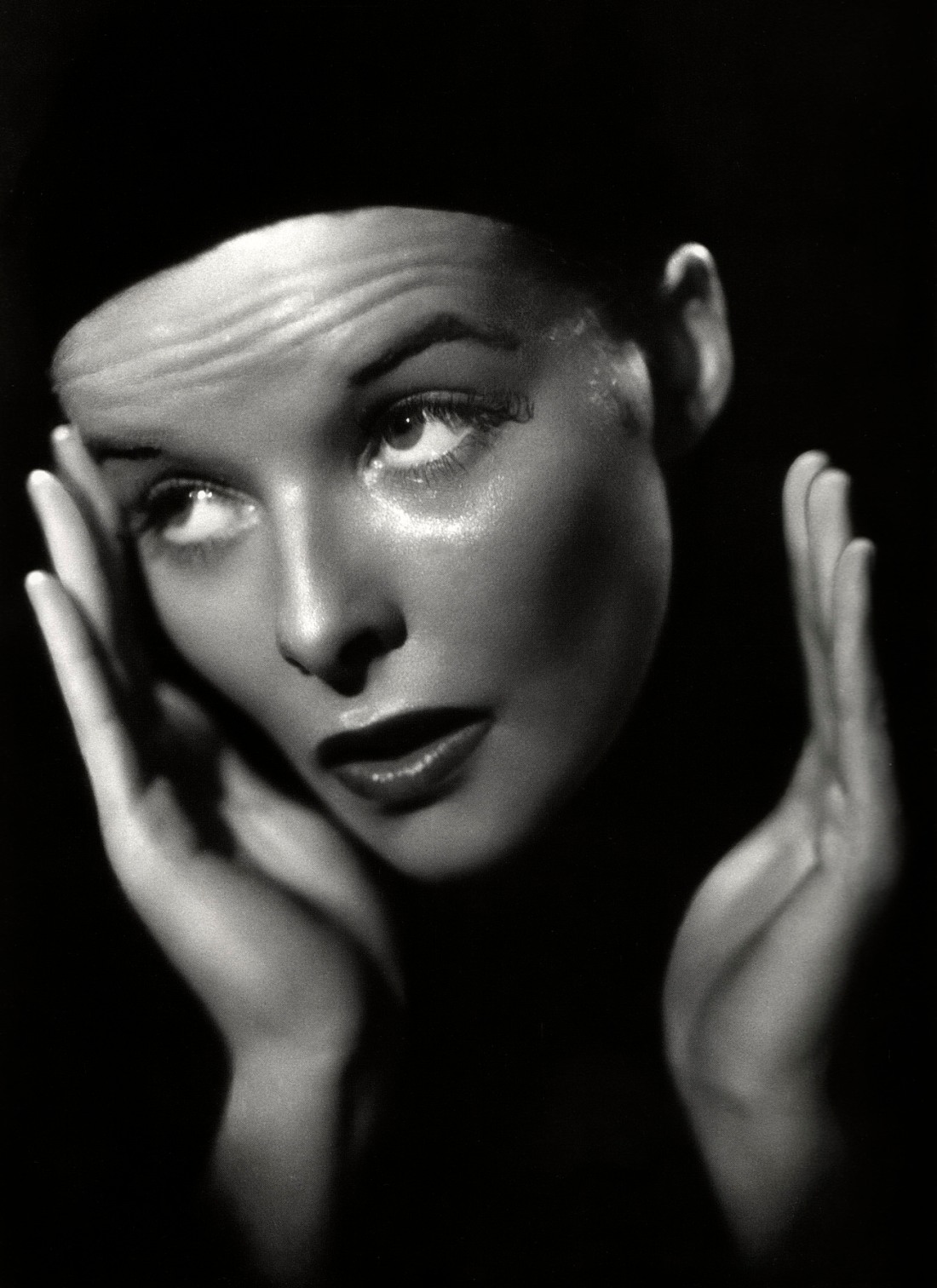


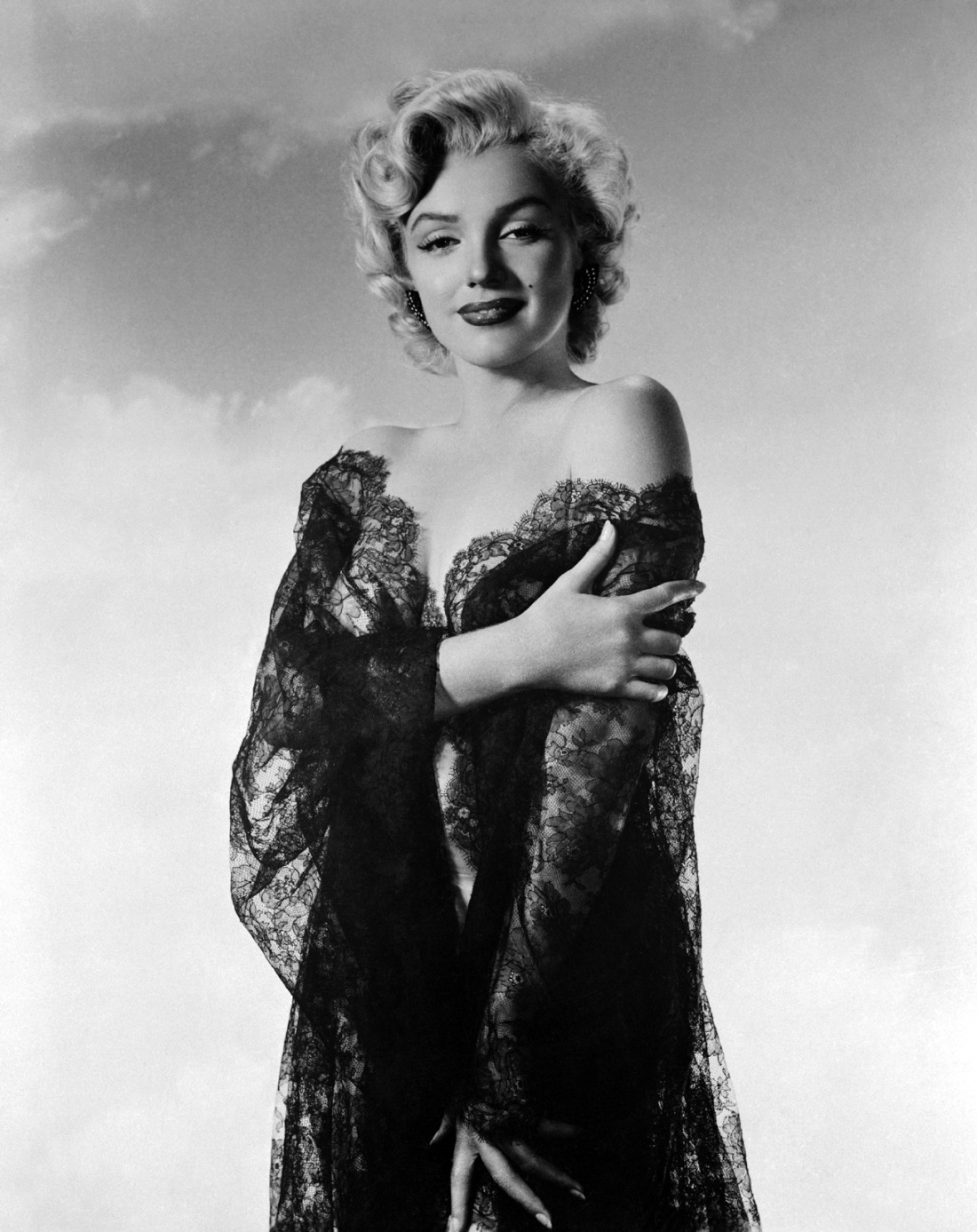
Irving Lippman
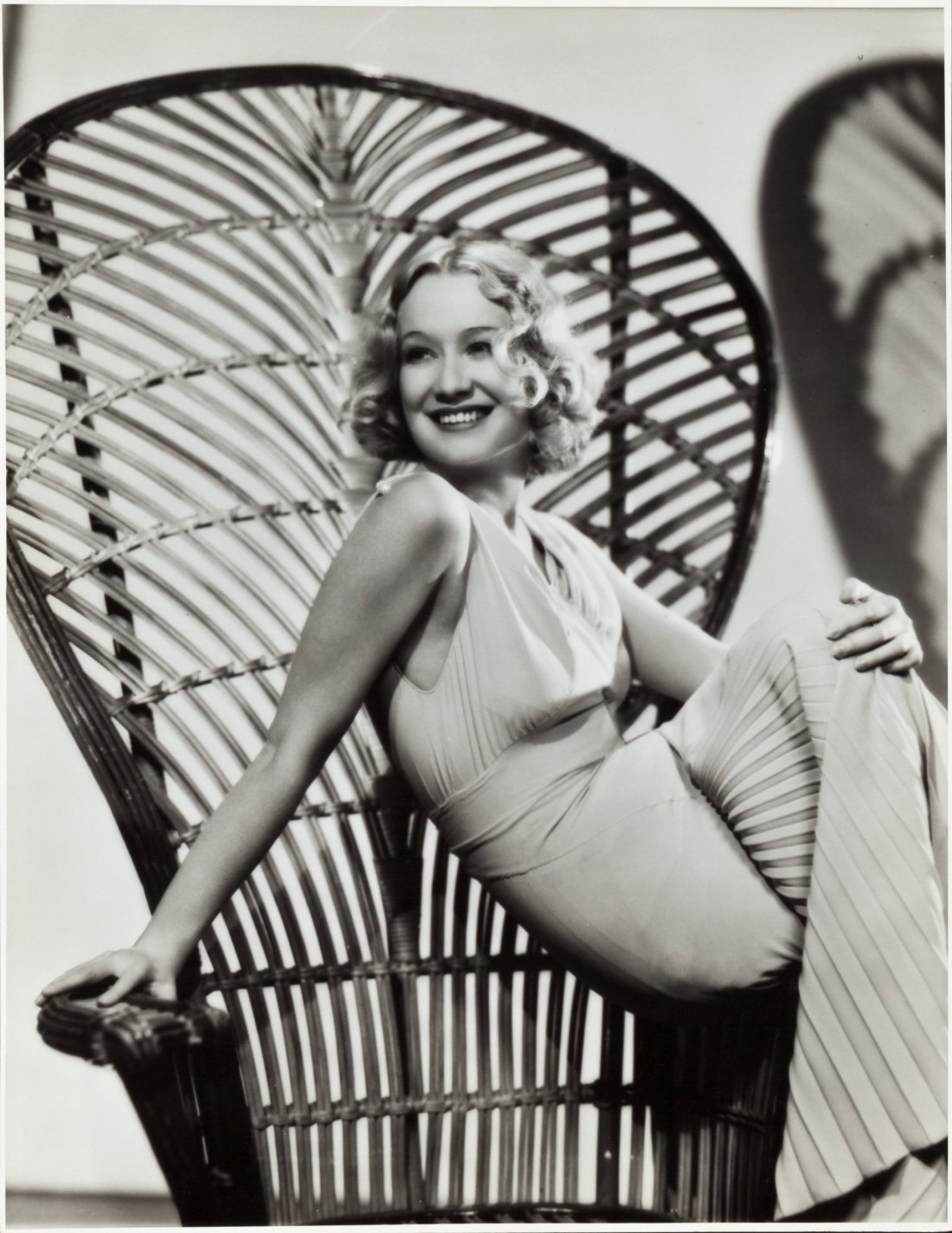
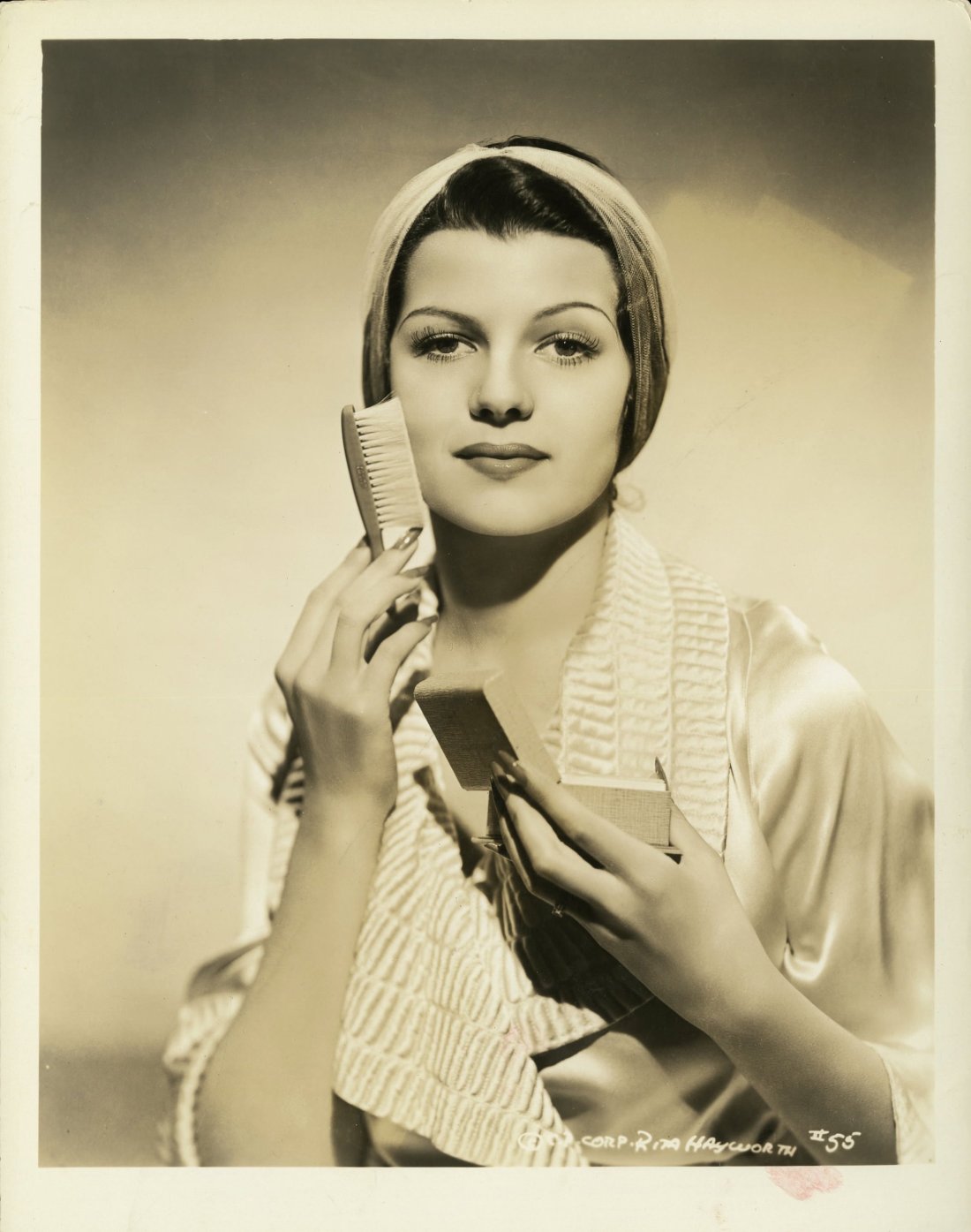
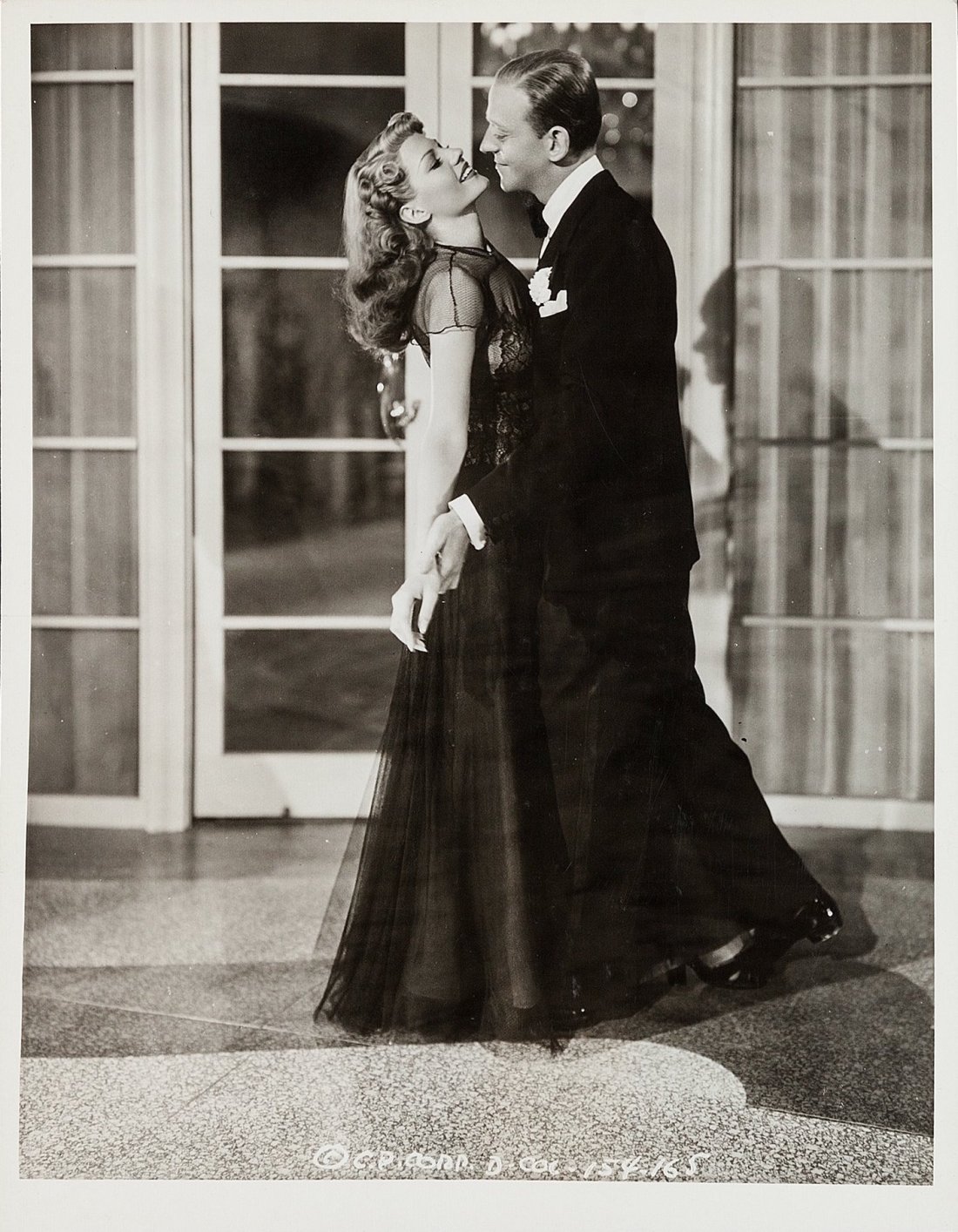
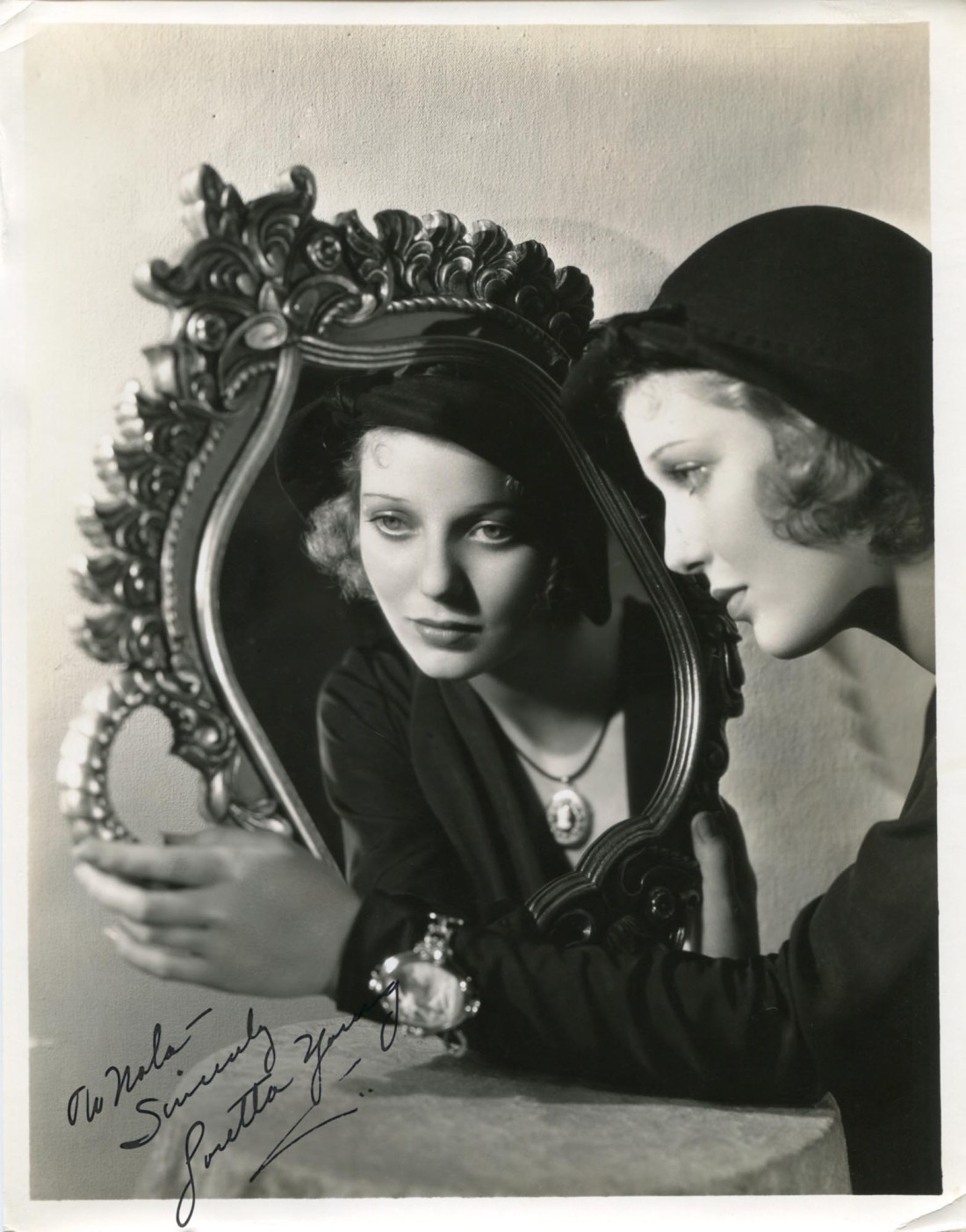
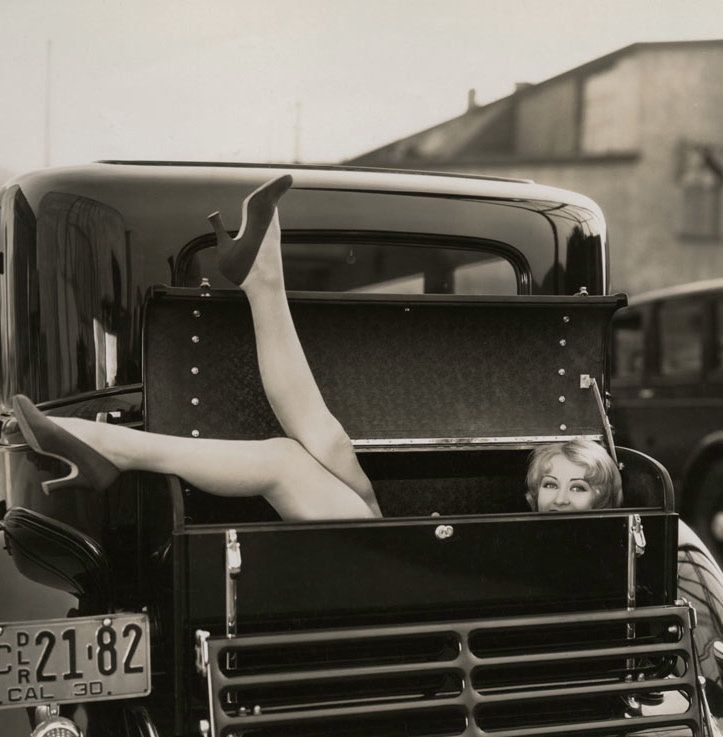
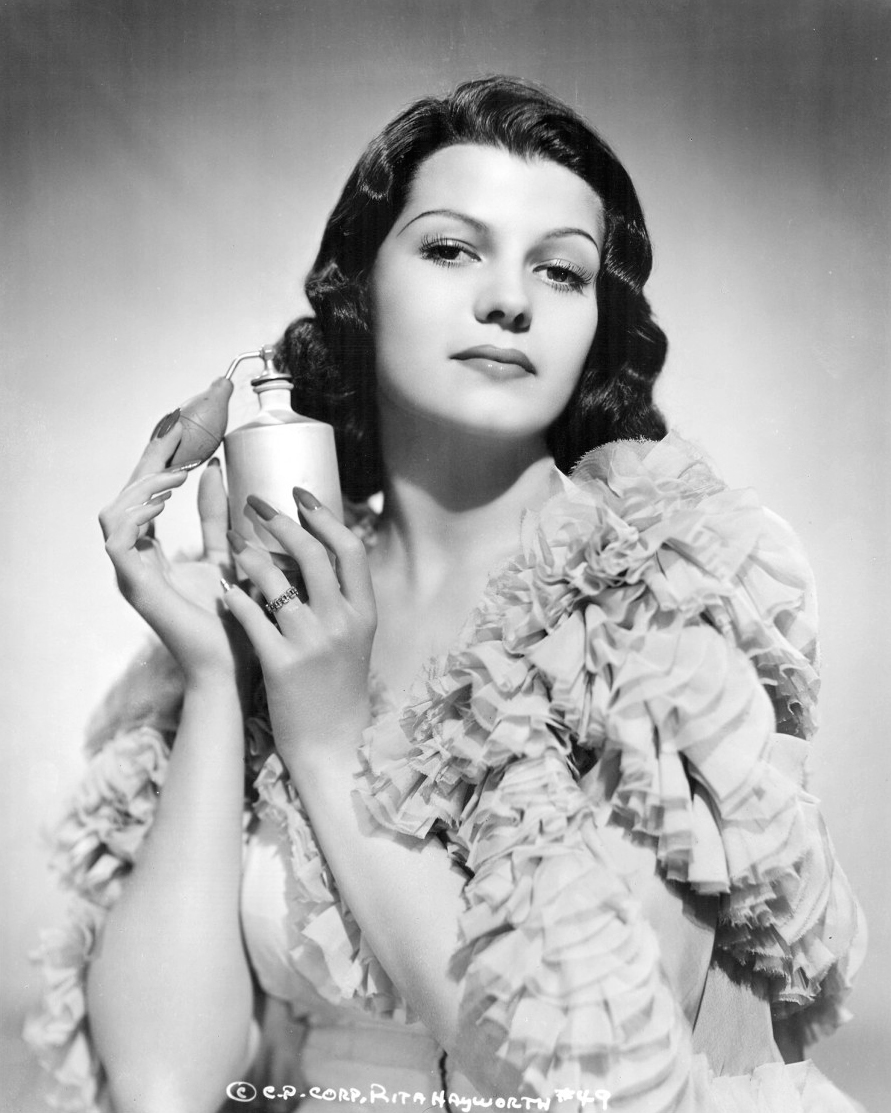
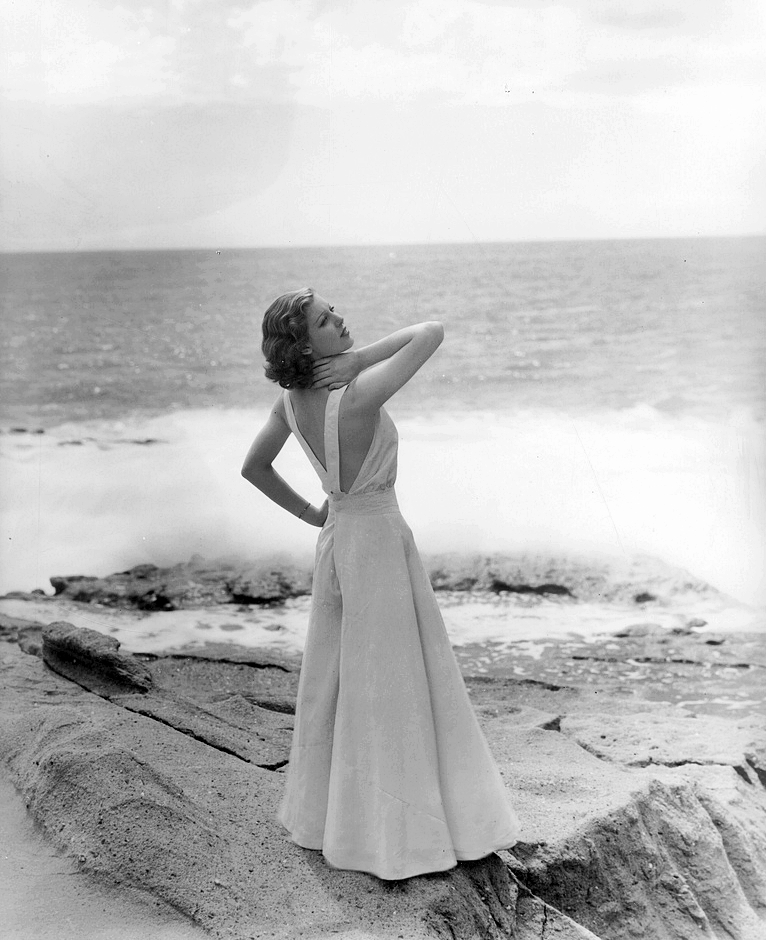
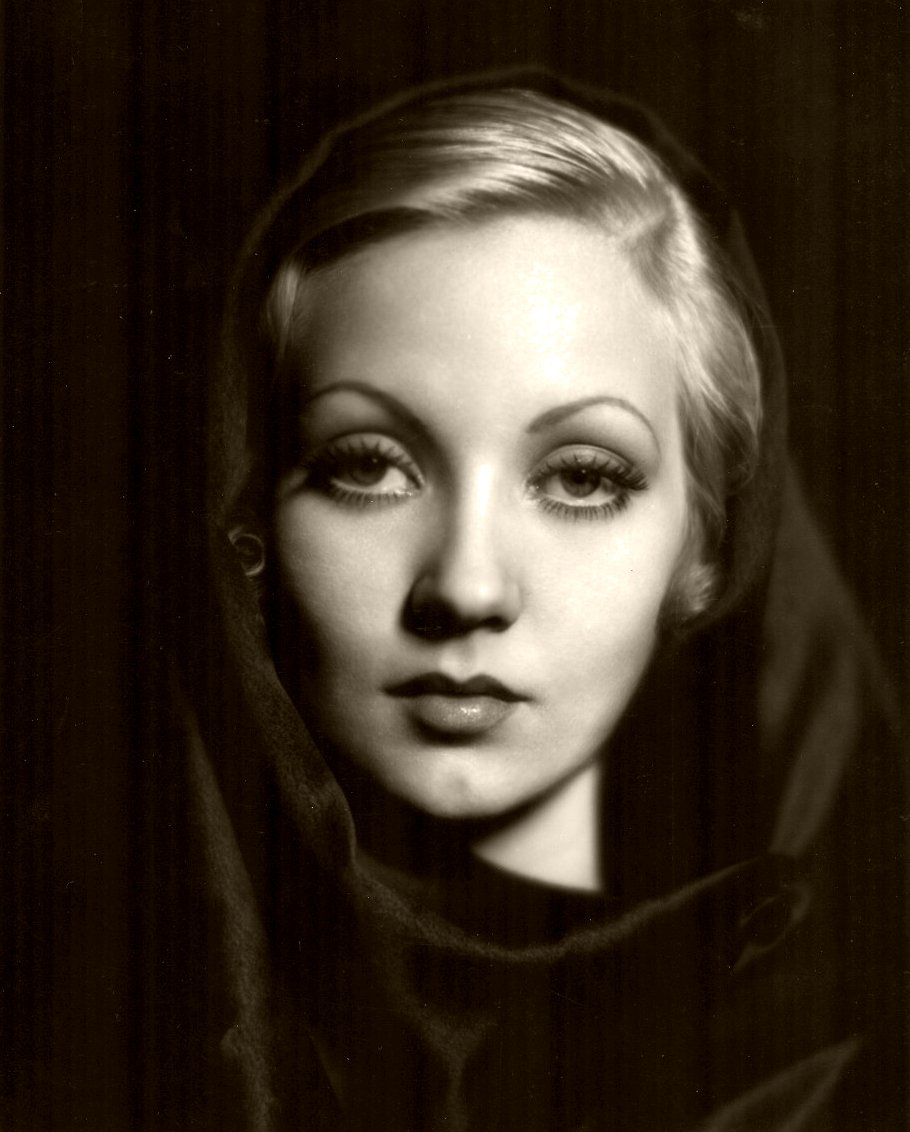
Otto Dyar
Otto Dyar was a prominent stills photographer who began his career at the Paramount studios in the 1920s. Initially working as an assistant on major film productions such as the 1927 ‘Wings’, Dyar quickly rose through the ranks to become one of Hollywood’s most notable image-makers.
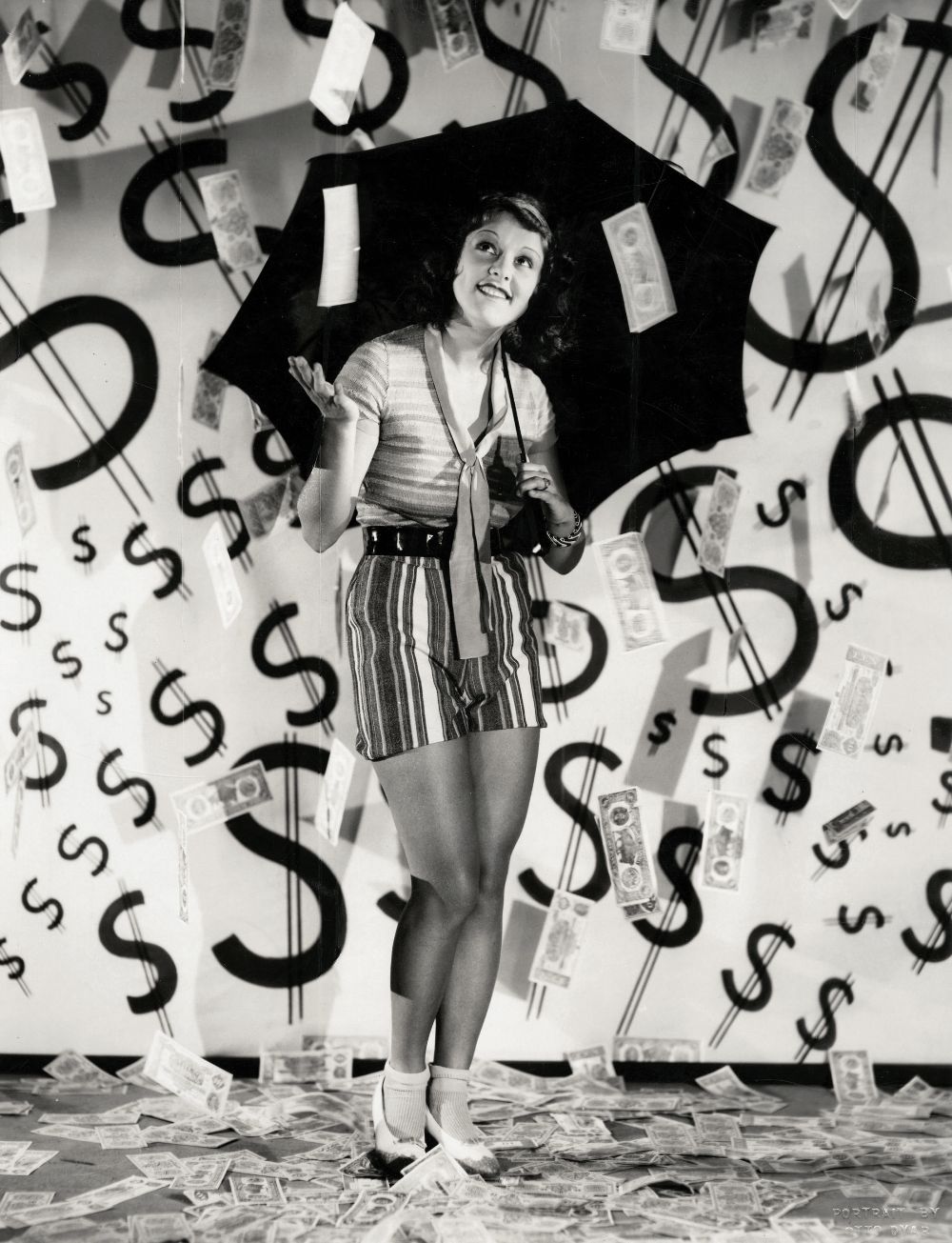
During the 1930s and 40s, Dyar developed his own, highly dramatic style of lighting and photography that deviated from the neoclassical glamor of the 1920s. Edgy and expressionistic, Dyar’s photographs pushed the iconic features of movie stars like Carole Lombard, Cary Grant, Kay Francis and Joan Crawford to a grittier place that was more in accord with the aesthetics of films made in those decades. Of particular note are Dyar’s star portraits taken outside of the studio, an unusual and daring step at the time.
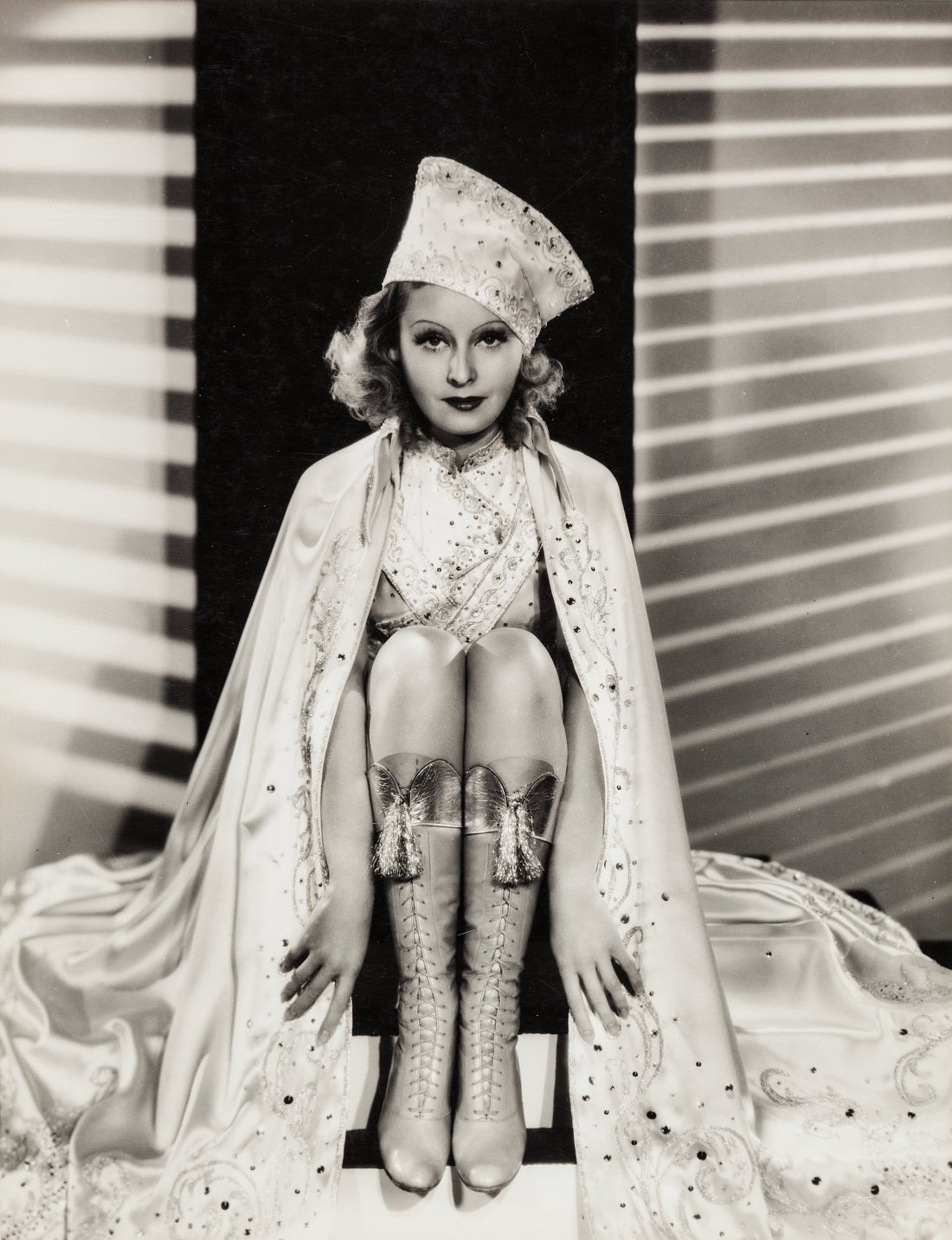
Despite all the high-contrast lighting, skewed angles and often tiny ‘surrealist’ interventions that point to the influence of photographers like Man Ray, Dyar faithfully accomplished the task of elevating the studio stars to the realm of deities. Like his peers George Hurrell, Ted Allen and Clarence Sinclair Bull, Dyar was not concerned with the psychologies of his sitters. What interested him was amplifying and consolidating the image the stars exuded in their roles, which was usually so powerful that it eclipsed the ‘real’ person that was in front of the camera. As noted by film historian John Kobal, Hollywood stills photographers like Dyar ‘were not mirroring life, but illusion; their subjects were not humans but gods – of love, of allure, of luxury, perfection incarnate from the golden age of Hollywood glamor.
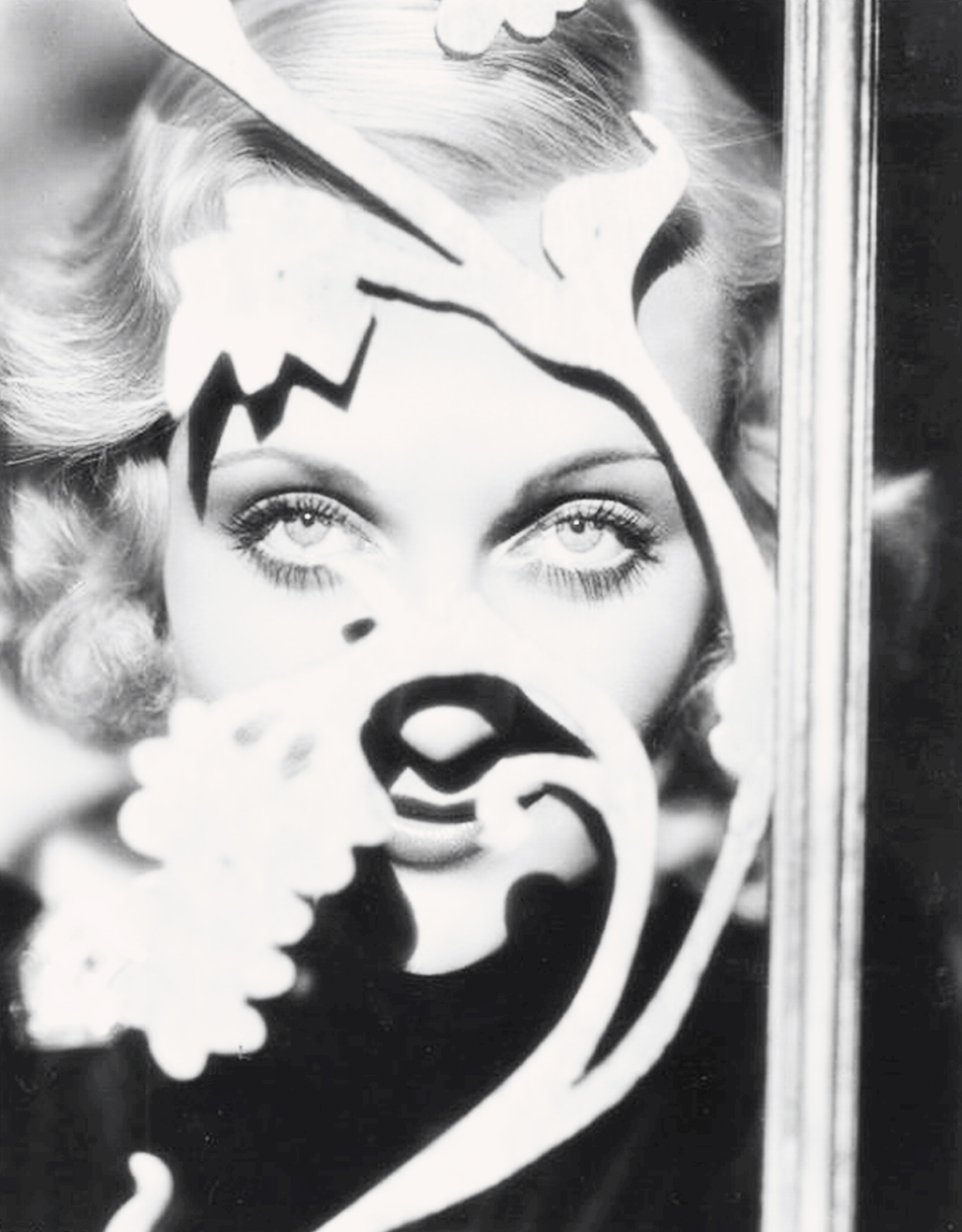
During the 1950s, Dyar left Paramount and moved to MGM where he continued to work up to mid 1950s. His work can be found in the collections of Metropolitan Museum of Art and other major art museums throughout the USA.
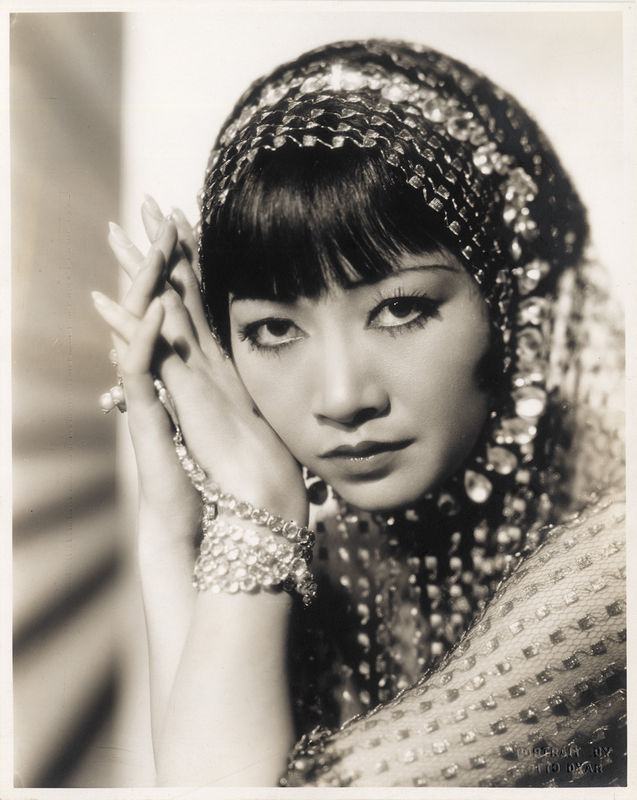
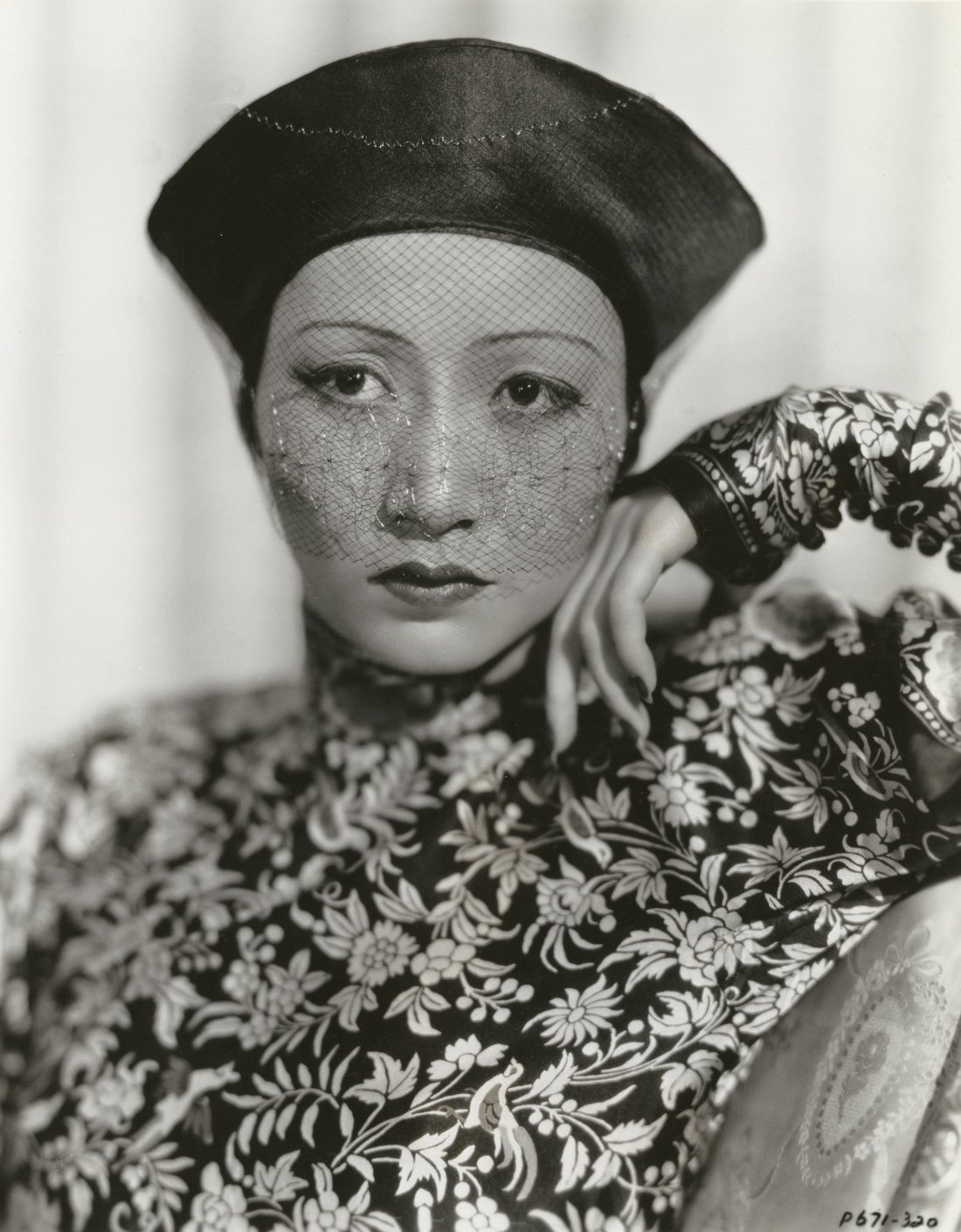
Clarence Sinclair Bull
His career began when Samuel Goldwyn hired him in the 1920 to photograph publicity stills of the MGM stars. He is most famous for his photographs of Greta Garbo taken during the years of 1926-1941. Bull’s first portrait of Garbo was a costume study for the Flesh and the Devil, in September 1926.
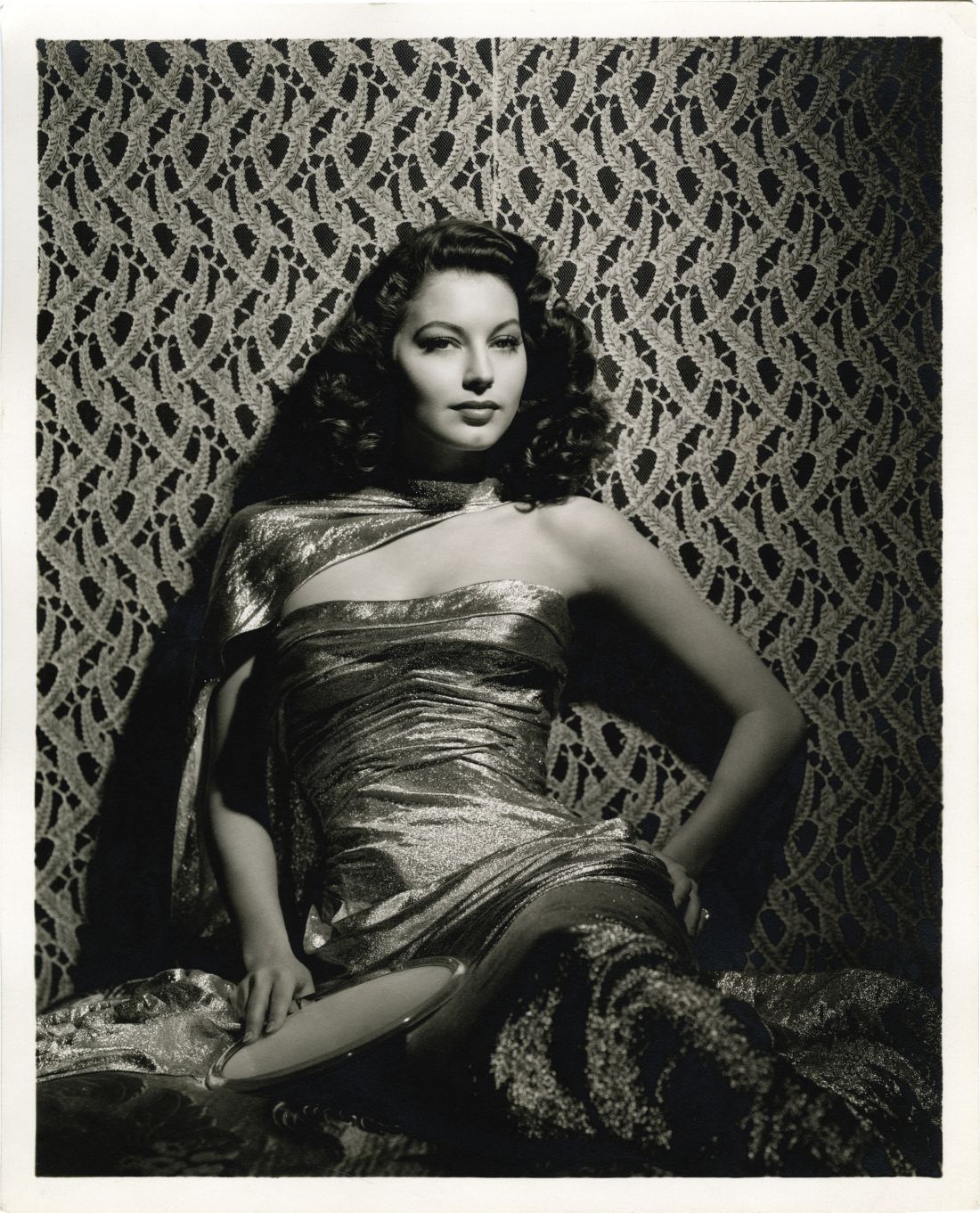
Bull was able to study with the great Western painter, Charles Marion Russell. He also served as an assistant cameraman in 1918. Bull was skilled in the areas of lighting, retouching, and printing. He was most commonly credited as “C.S. Bull.”
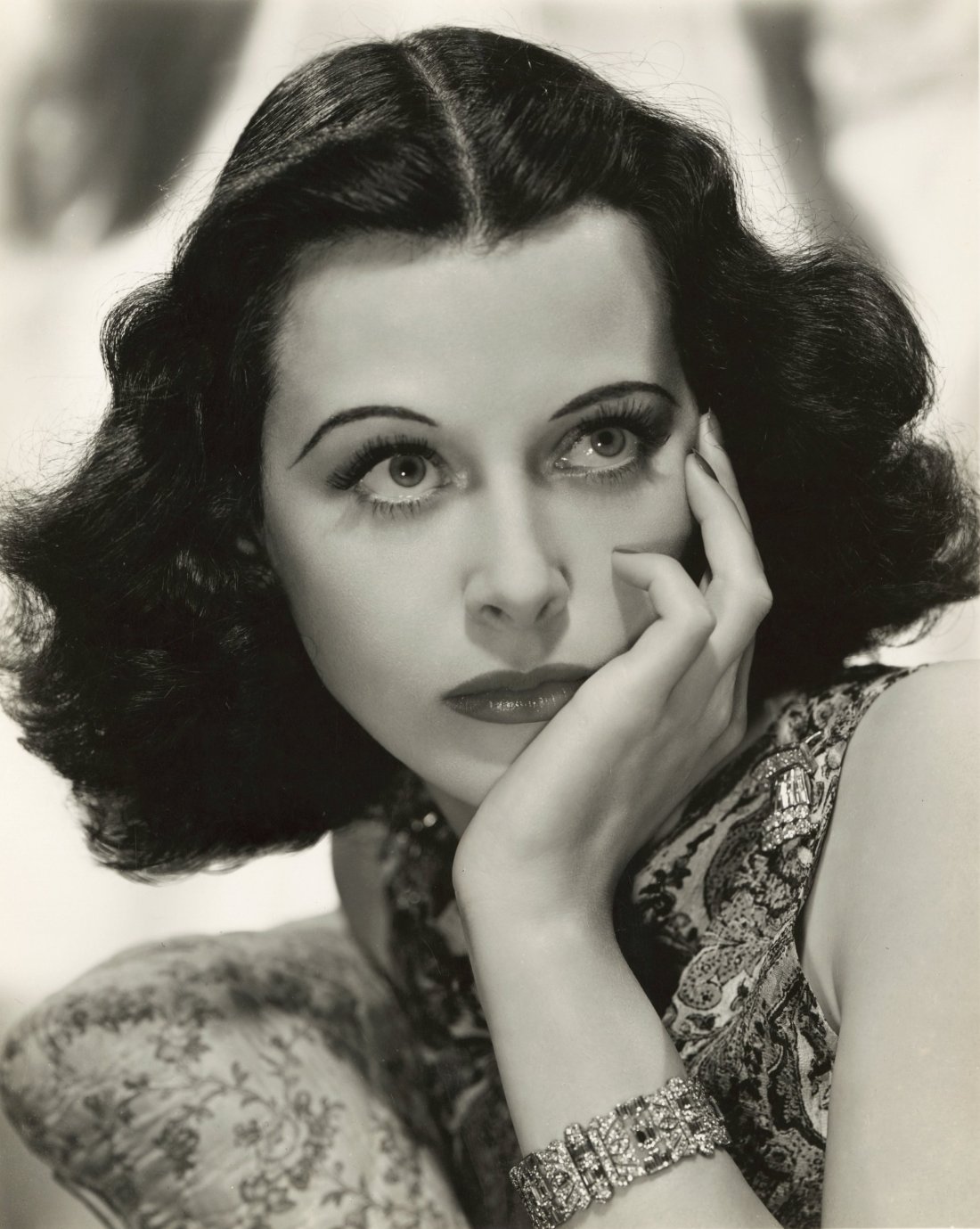
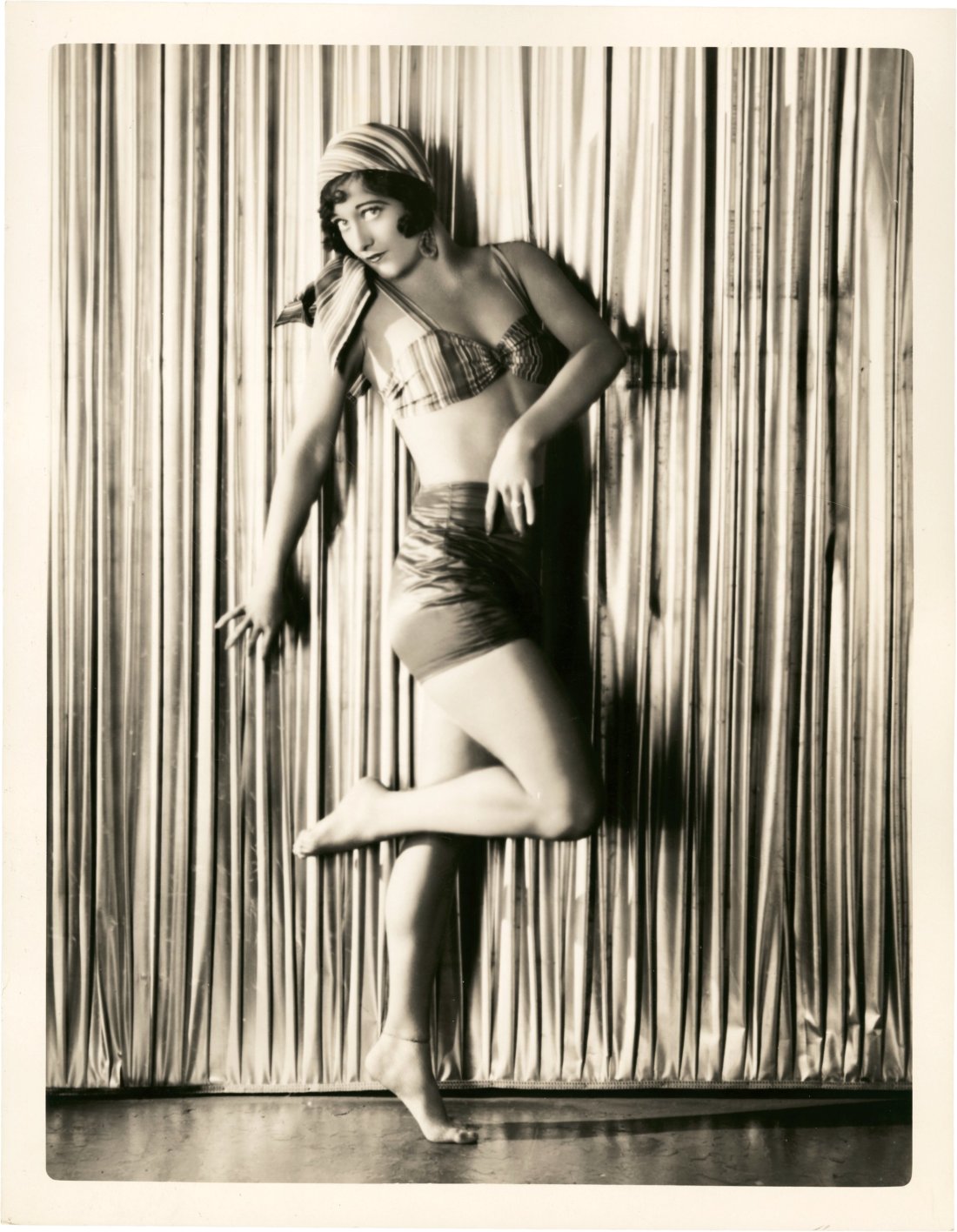
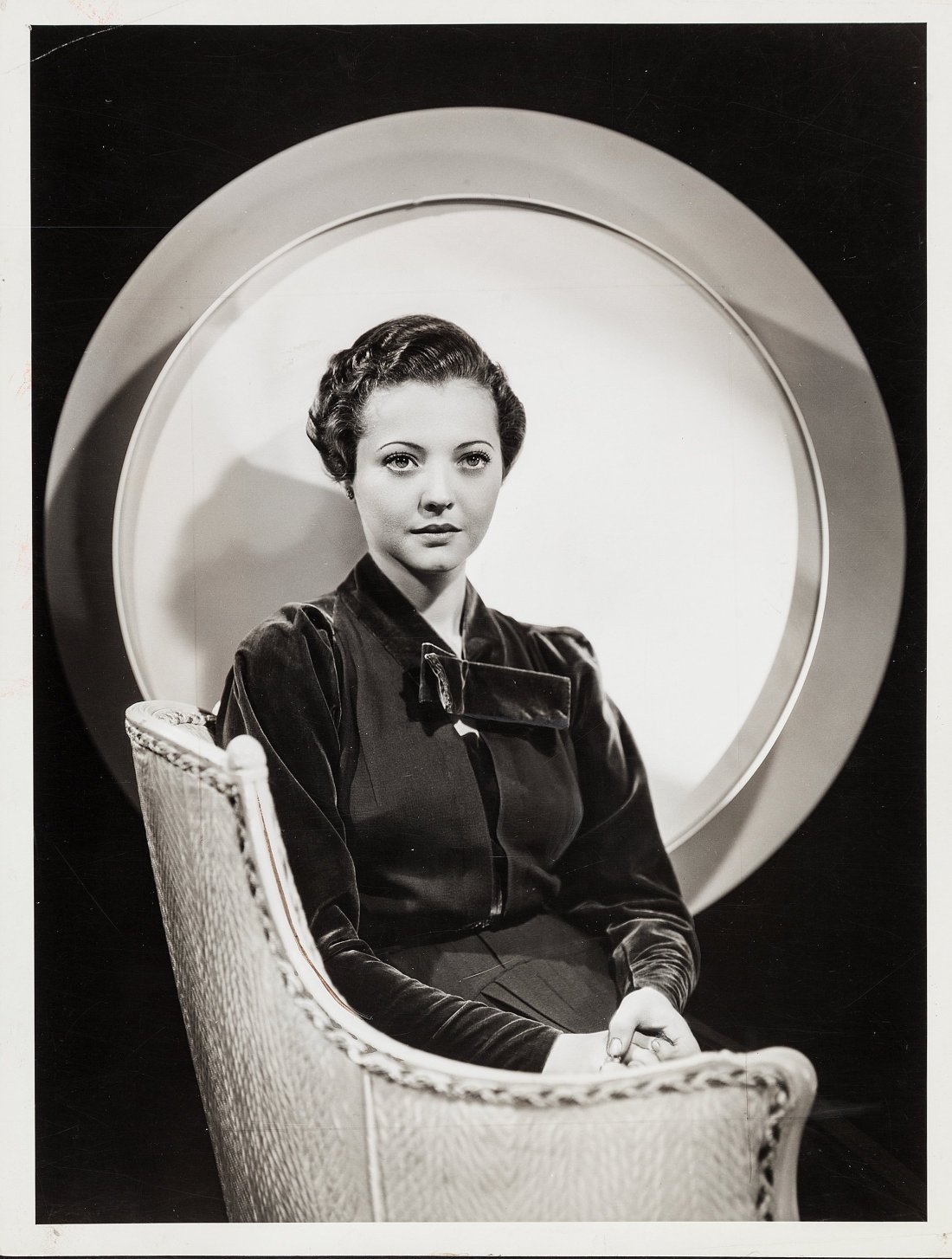
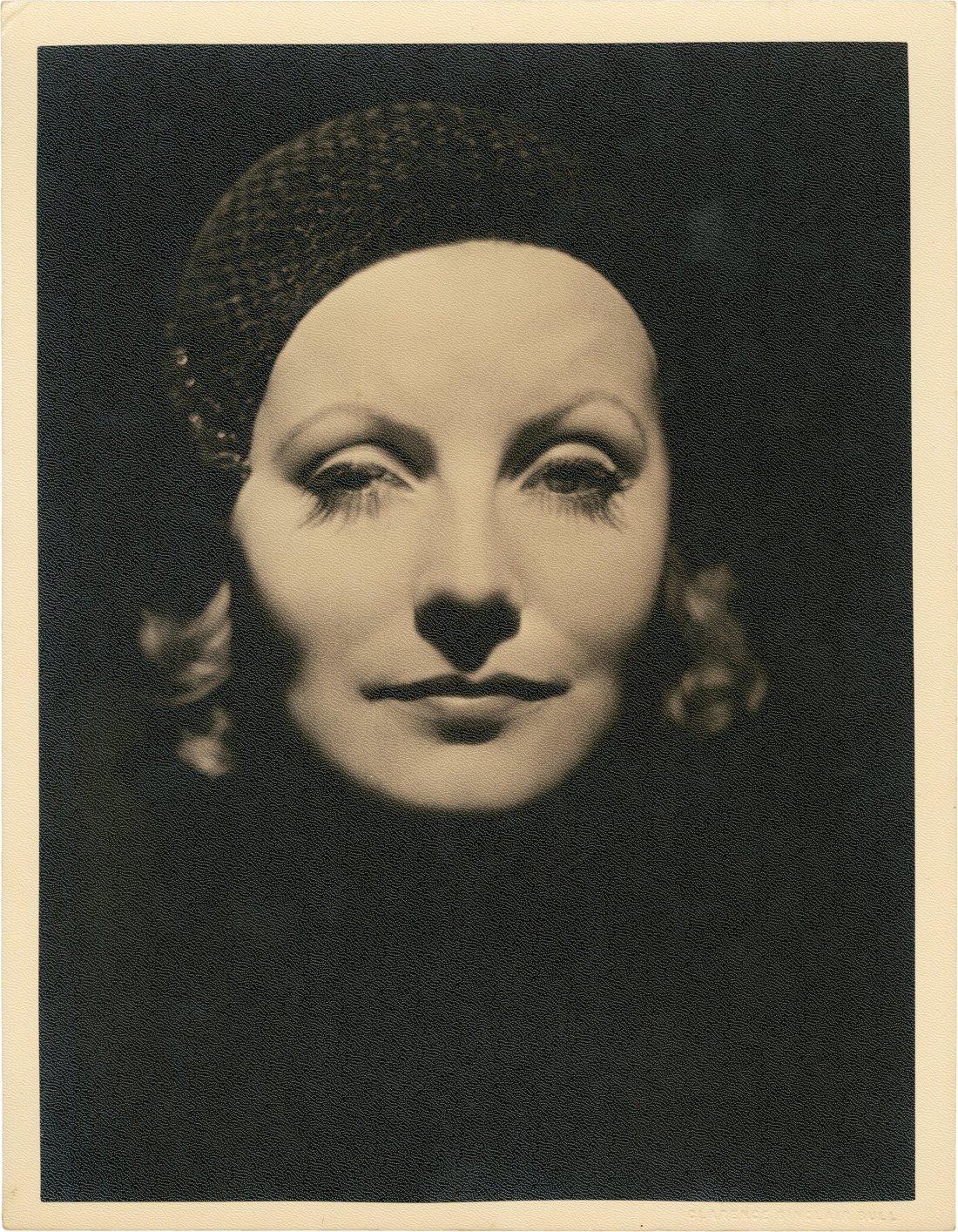
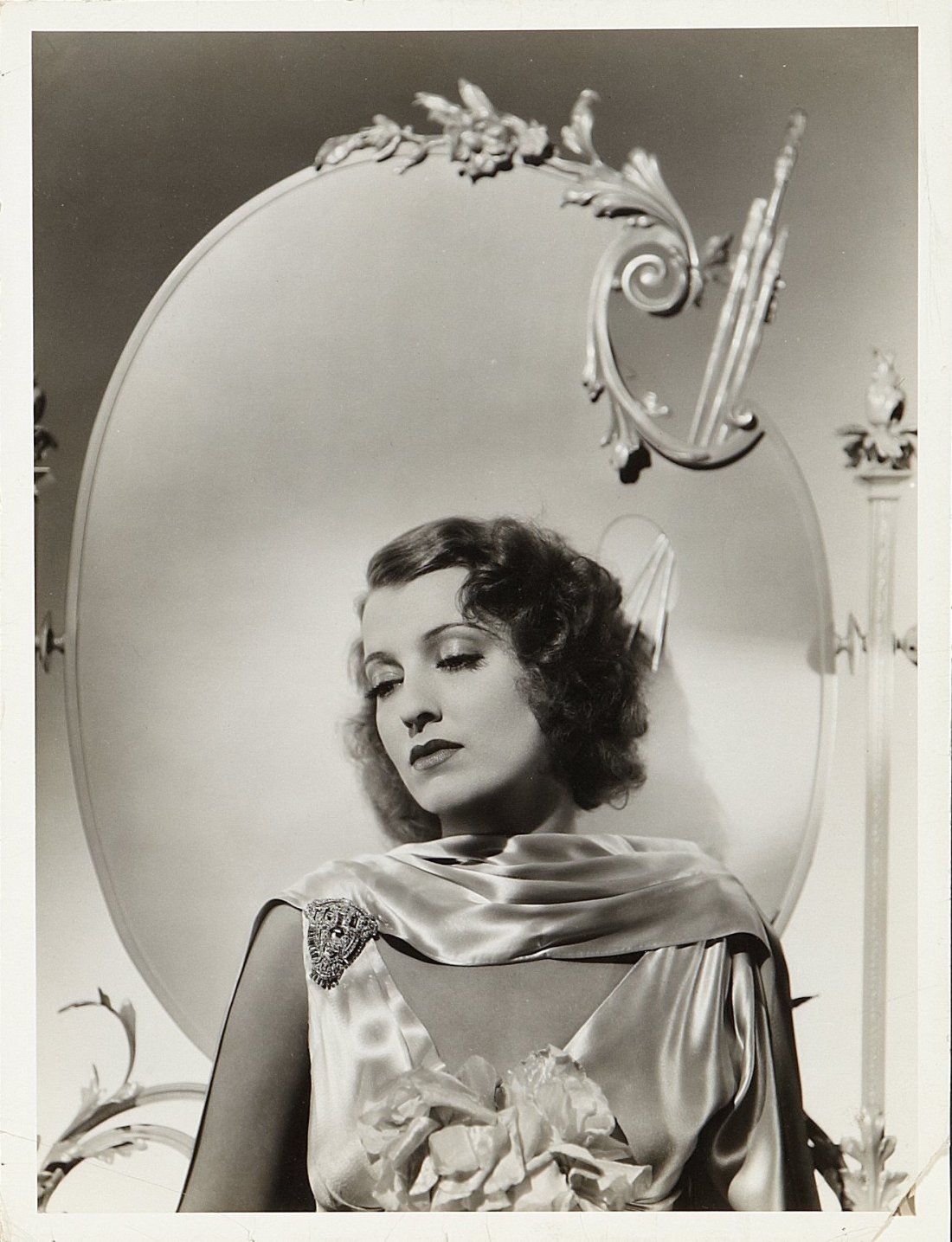
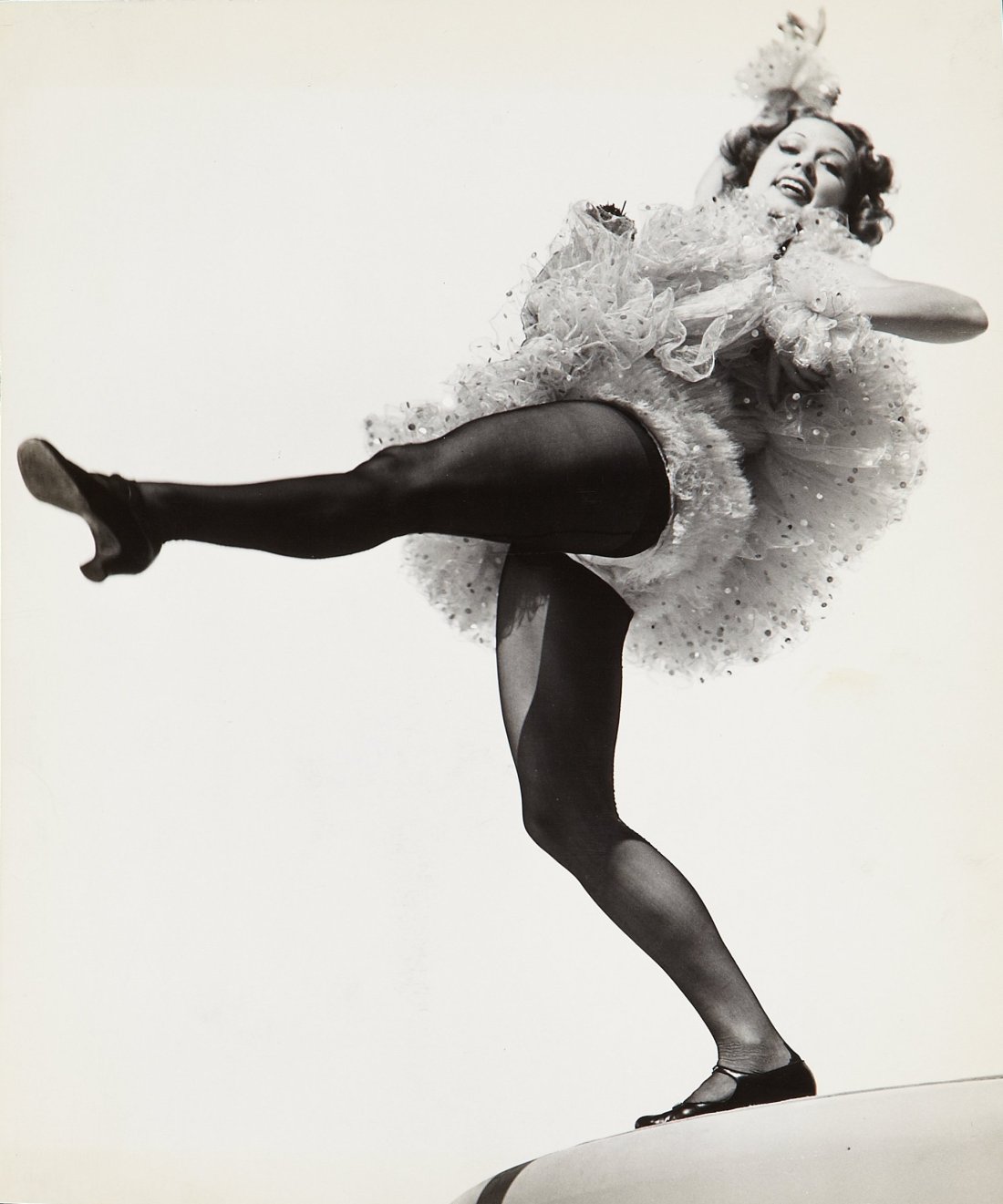

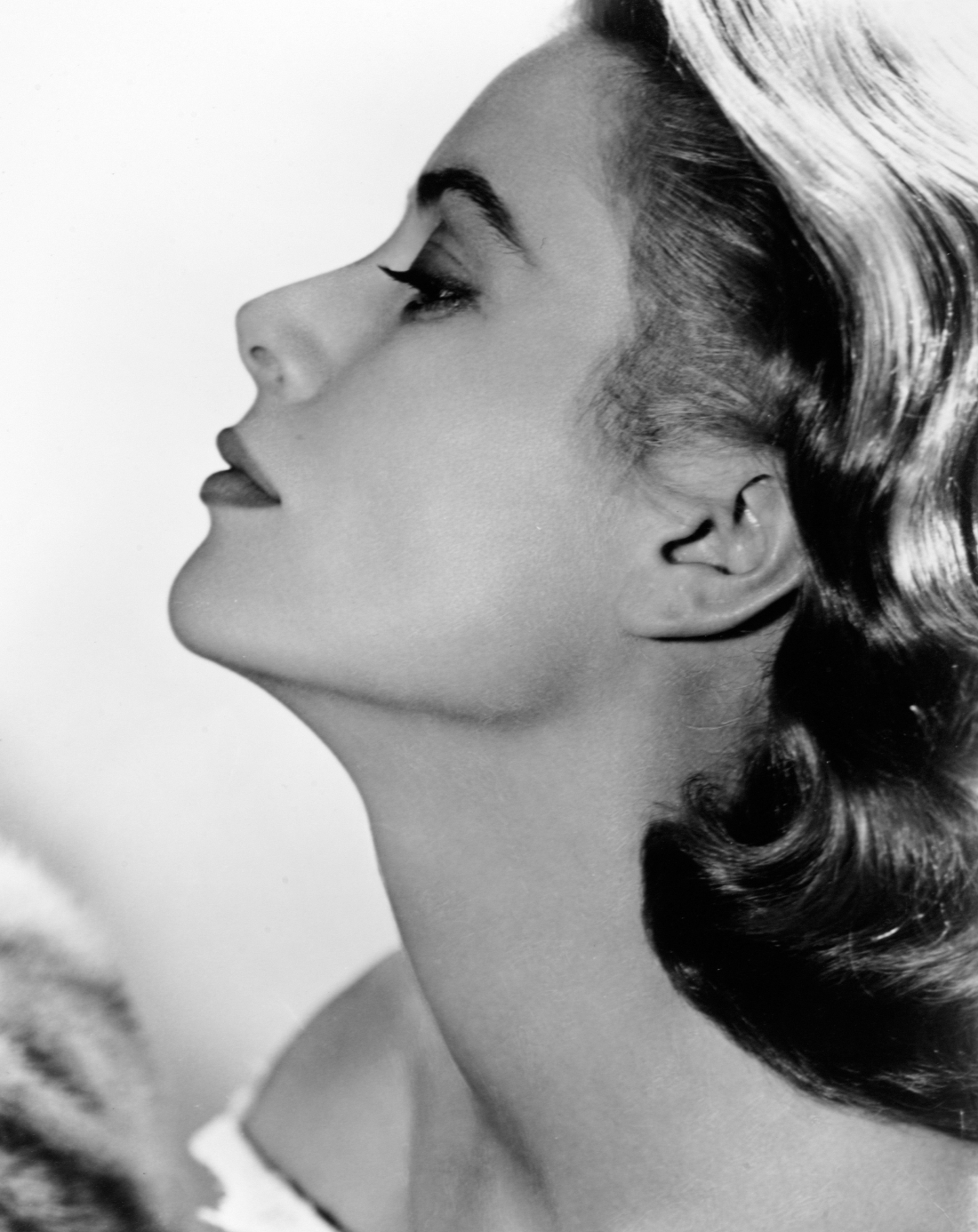
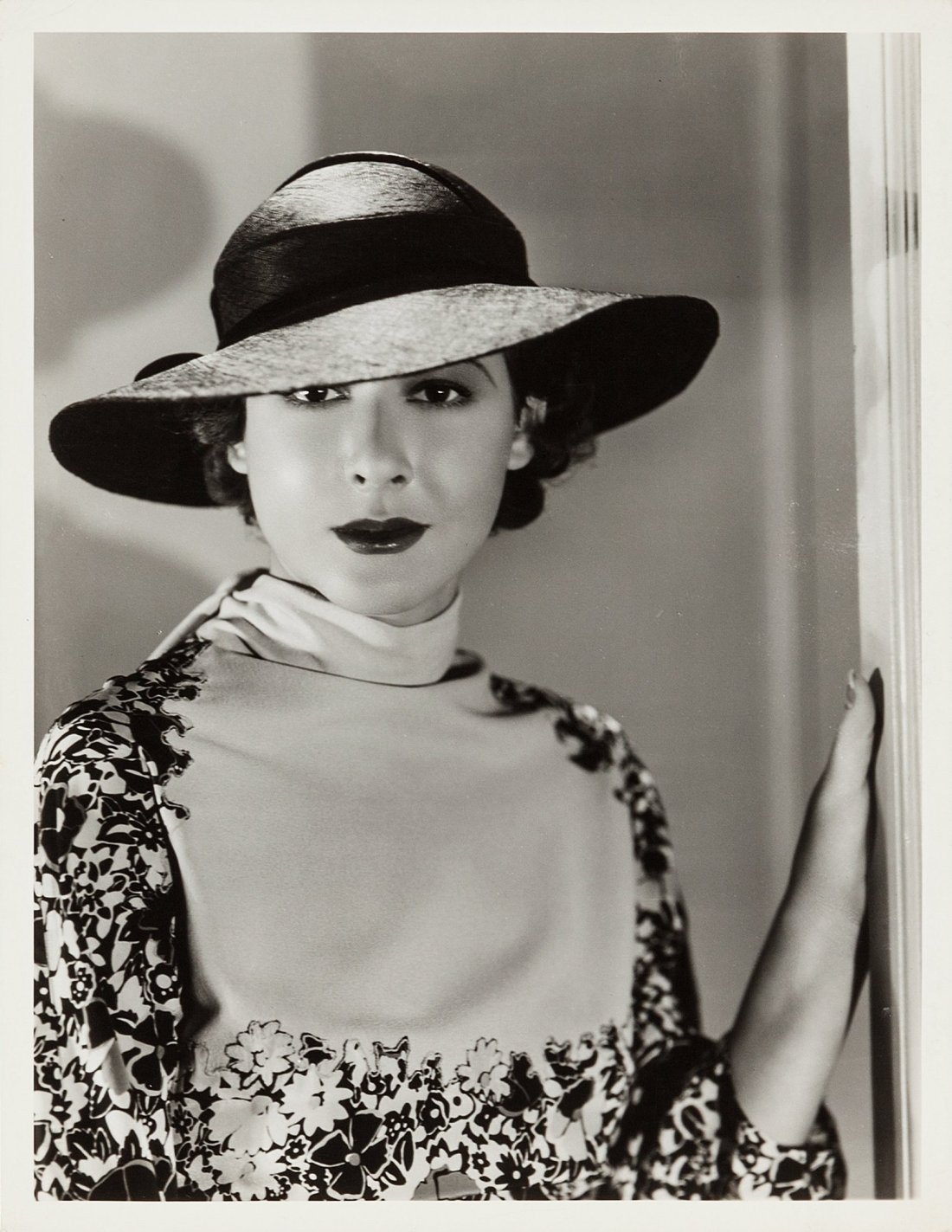
Preston Duncan
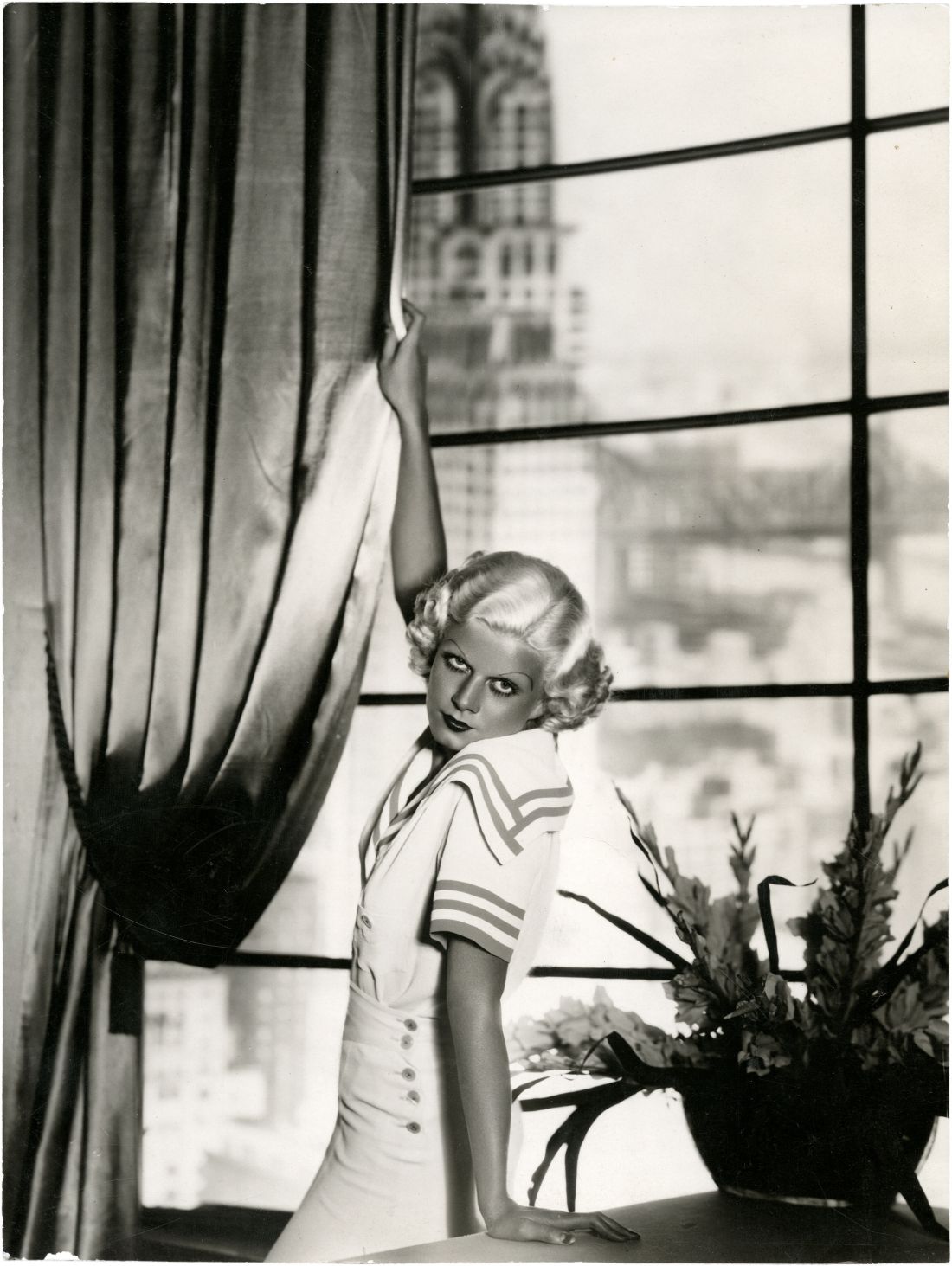

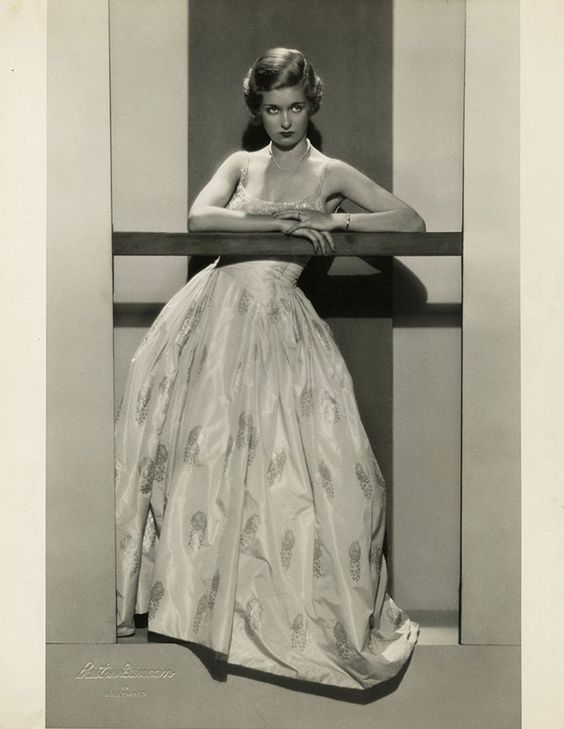
Cecil Beaton
Beaton designed book jackets, and costumes for charity matinees, learning the craft of photography at the studio of Paul Tanqueray, until Vogue took him on regularly in 1927. He set up his own studio, and one of his earliest clients and, later, best friends was Stephen Tennant. Beaton’s photographs of Tennant and his circle are considered some of the best representations of the Bright Young People of the twenties and thirties.
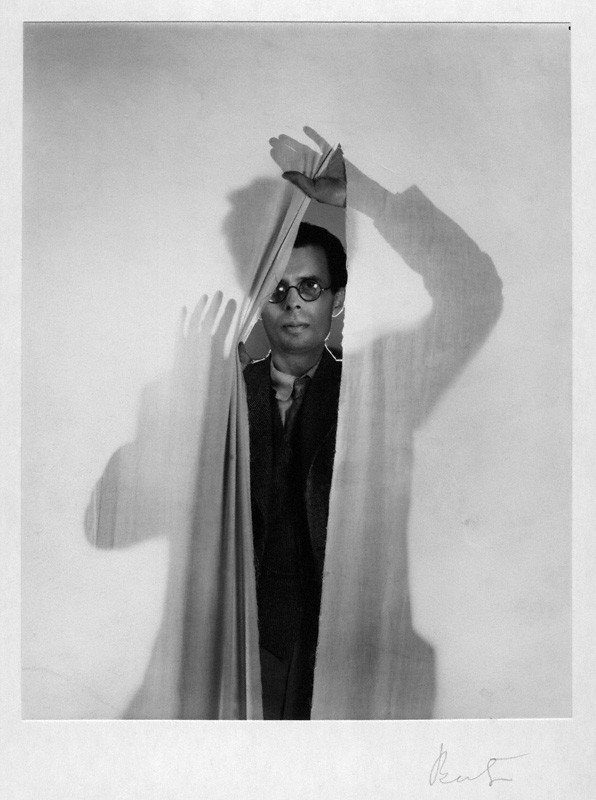
Beaton’s first camera was a Kodak 3A folding camera. Over the course of his career, he employed both large format cameras, and smaller Rolleiflex cameras. Beaton was never known as a highly skilled technical photographer, and instead focused on staging a compelling model or scene and looking for the perfect shutter-release moment.
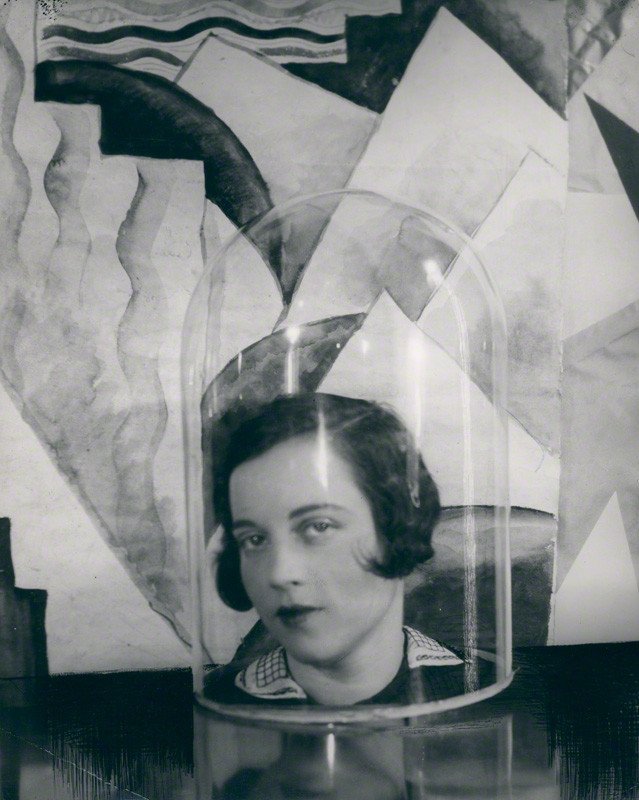
He was a photographer for the British edition of Vogue in 1931 when George Hoyningen-Huene, photographer for the French Vogue travelled to England with his new friend Horst. Horst himself would begin to work for French Vogue in November of that year. The exchange and cross pollination of ideas between this collegial circle of artists across the Channel and the Atlantic gave rise to the look of style and sophistication for which the 1930s are known.
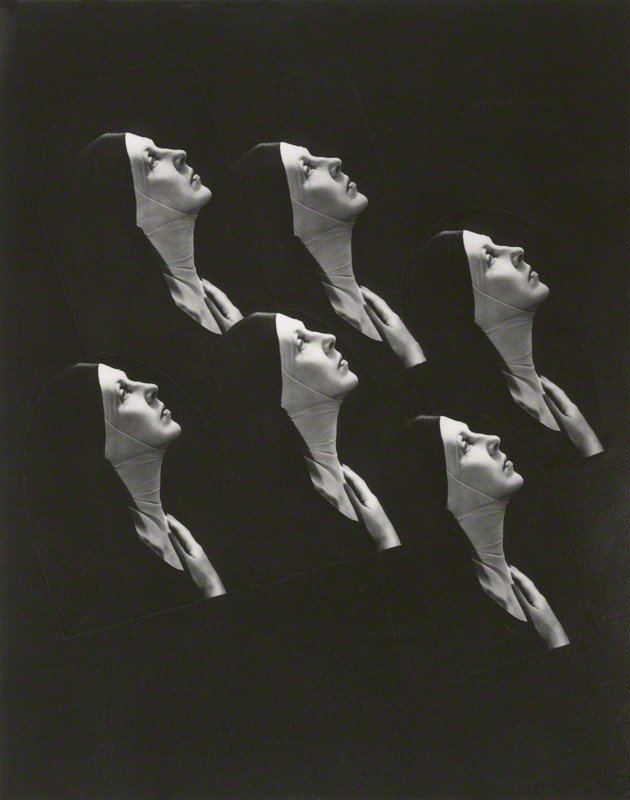
Beaton is known for his fashion photographs and society portraits. He worked as a staff photographer for Vanity Fair and Vogue in addition to photographing celebrities in Hollywood. In 1938, he inserted some tiny-but-still-legible anti-Semitic phrases (including the word ‘kike’) into American Vogue at the side of an illustration about New York society. The issue was recalled and reprinted, and Beaton was fired.
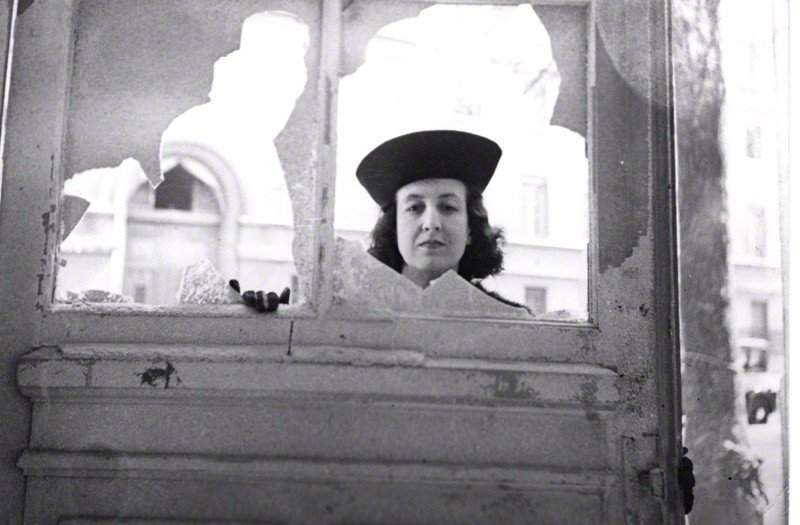
Beaton returned to England, where the Queen recommended him to the Ministry of Information. He became a leading war photographer, best known for his images of the damage done by the German blitz. His style sharpened and his range broadened, Beaton’s career was restored by the war.
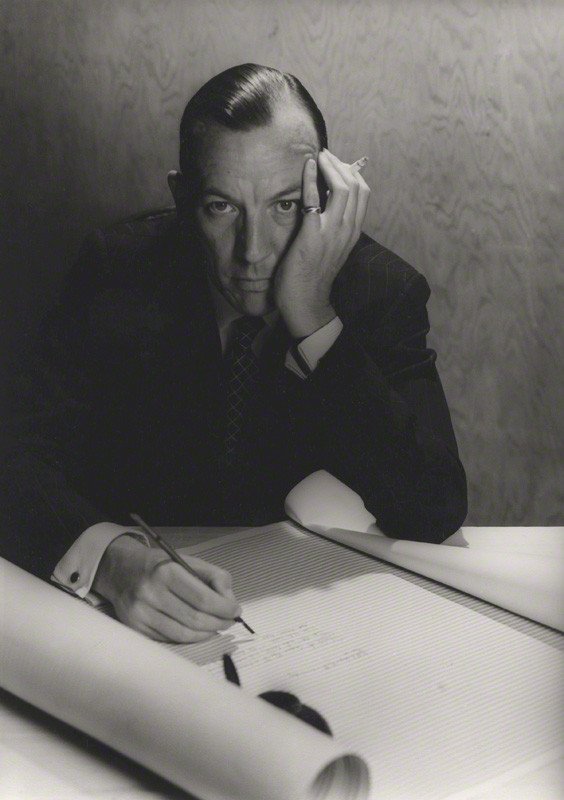
Beaton often photographed the Royal Family for official publication. Queen Elizabeth The Queen Mother was his favourite royal sitter, and he once pocketed her scented hankie as a keepsake from a highly successful shoot. Beaton took the famous wedding pictures of the Duke and Duchess of Windsor (wearing an haute couture ensemble by the noted American fashion designer Mainbocher).
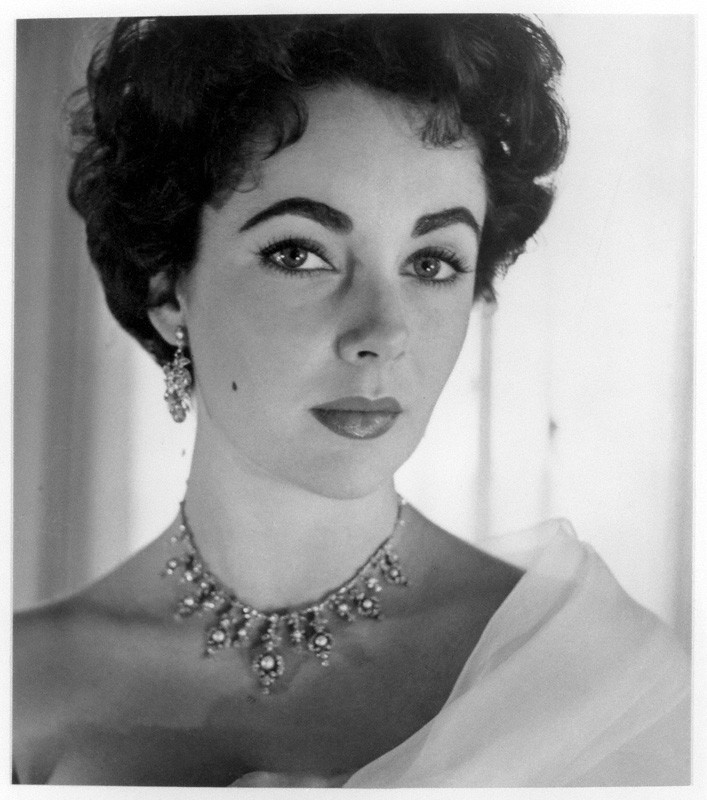
During the Second World War, Beaton was first posted to the Ministry of Information and given the task of recording images from the home front. During this assignment he captured one of the most enduring images of British suffering during the war, that of 3-year-old Blitz victim Eileen Dunne recovering in hospital, clutching her beloved teddy bear. When the image was published, America had not yet officially joined the war, but images such as Beaton’s helped push the Americans to put pressure on their government to help Britain in its hour of need.
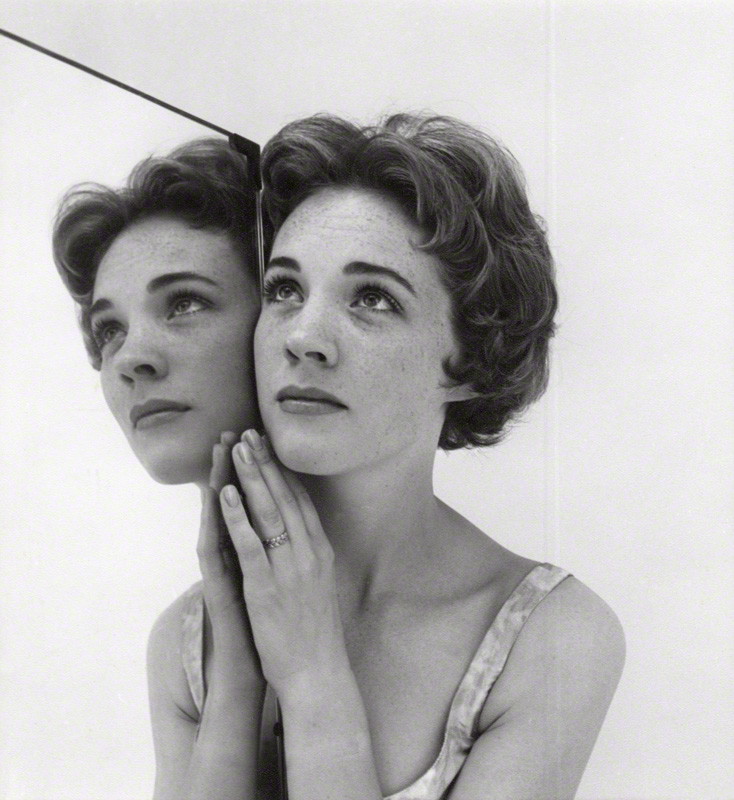
Beaton had a major influence on and relationship with Angus McBean and David Bailey. McBean was a well-known portrait photographer of his era. Later in his career, his work is influenced by Beaton. Bailey was influenced by Beaton when they met while working for British Vogue in the early 1960s. Bailey’s use of square format (6×6) images is similar to Beaton’s own working patterns.
